First responders detail harrowing evacuations when historic fire consumed Santa Rosa: 'Nature beat us handily'
First responders described the terrifying task they faced evacuating residents.
The devastating Tubbs fire roared into the city of Santa Rosa, California, in the dead of night last October. The blaze caught many of the city’s 175,000 residents off-guard and triggered a harrowing, hours-long evacuation effort in the midst of the fire consuming entire neighborhoods.
The fire began on Oct. 8, 2017, and by the time it finished 23 days later, it was the third-deadliest wildfire in state history. It burned nearly 37,000 acres, consumed 5,600 structures -- the most in California wildfire history -- and killed 22 people.
However, by all accounts, the death toll could have been much higher if it hadn’t been for those who stayed behind and risked their lives to get others out of the inferno.
It was the city’s police officers, firefighters, radio broadcasters, and even municipal bus drivers, who spent the first night of the fire conducting many of those evacuations. ABC News' "Nightline" was provided more than eight hours of bodycam footage from members of the Santa Rosa Police Department that documented moments from that night, including those evacuations.
“Nightline” recently sat down with some of those officers and other first responders who described the fear, chaos, bravery and sacrifices they made to save their neighbors in the middle of the night.
Wildfires rage through California wine country
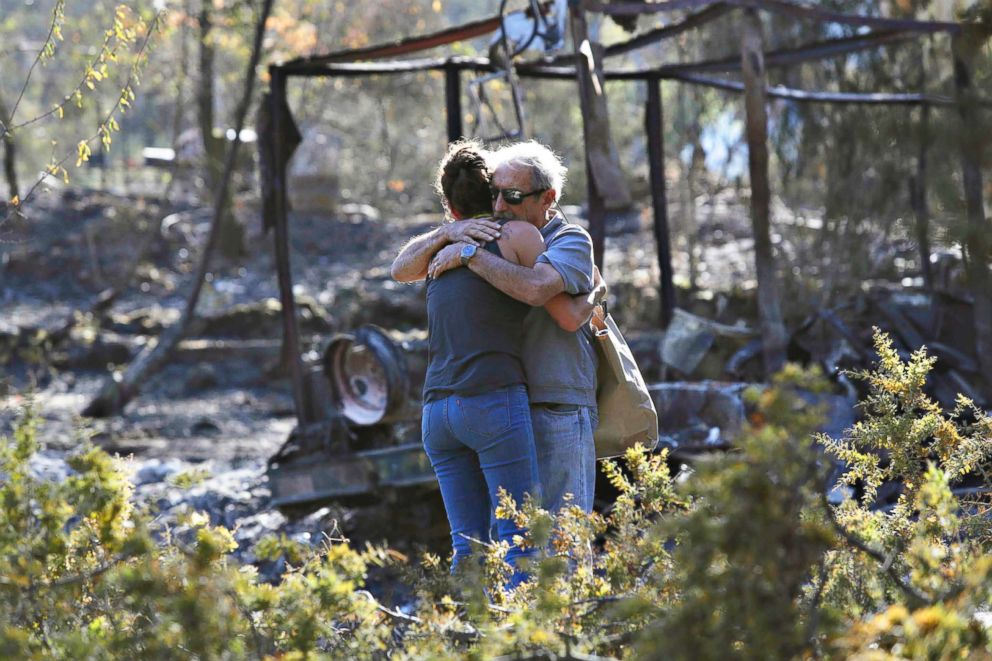
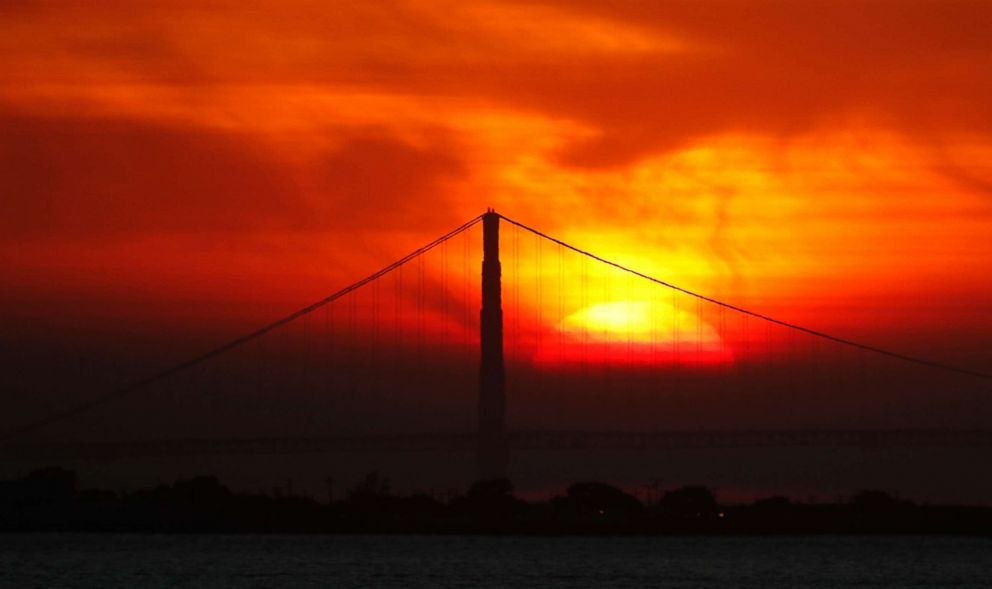
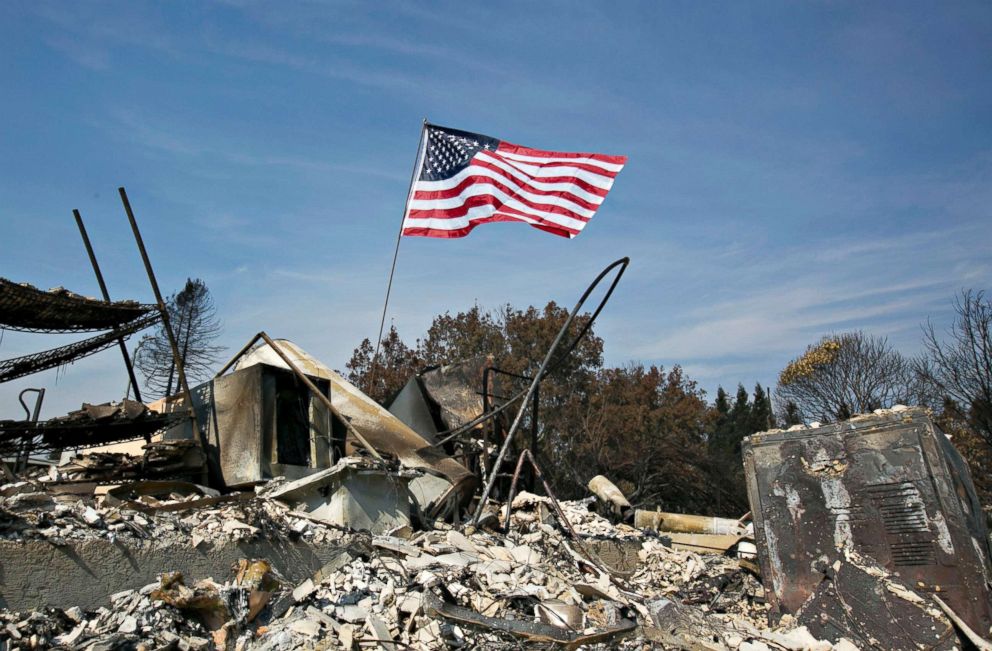
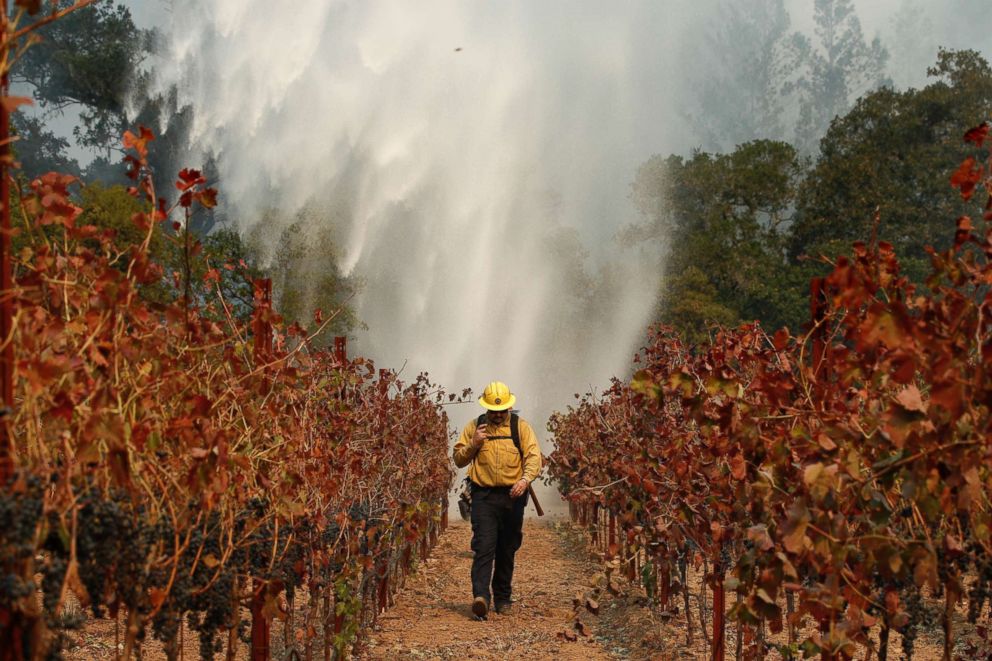
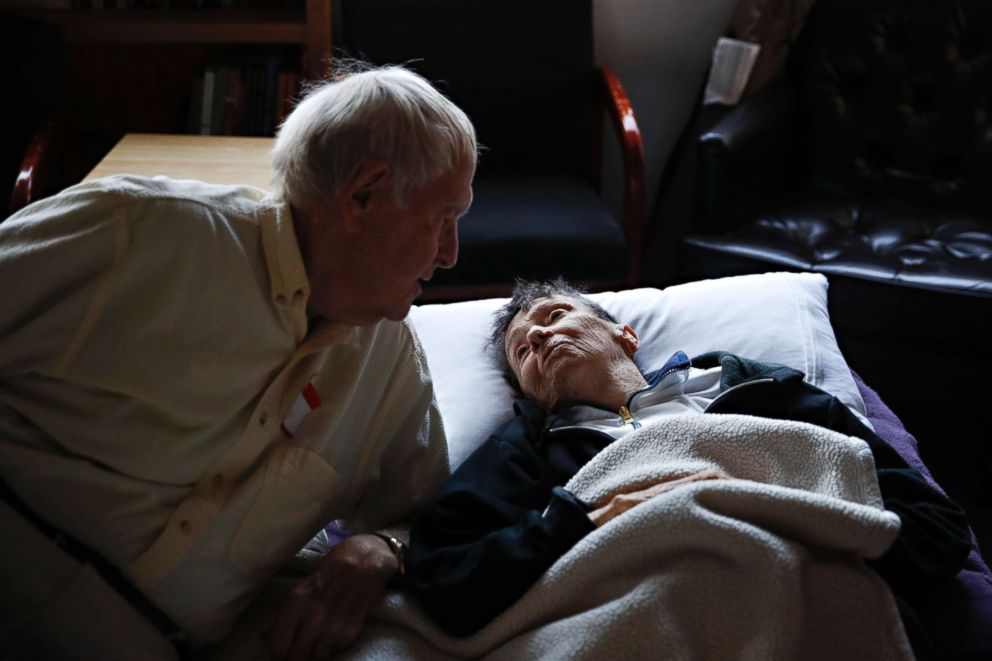
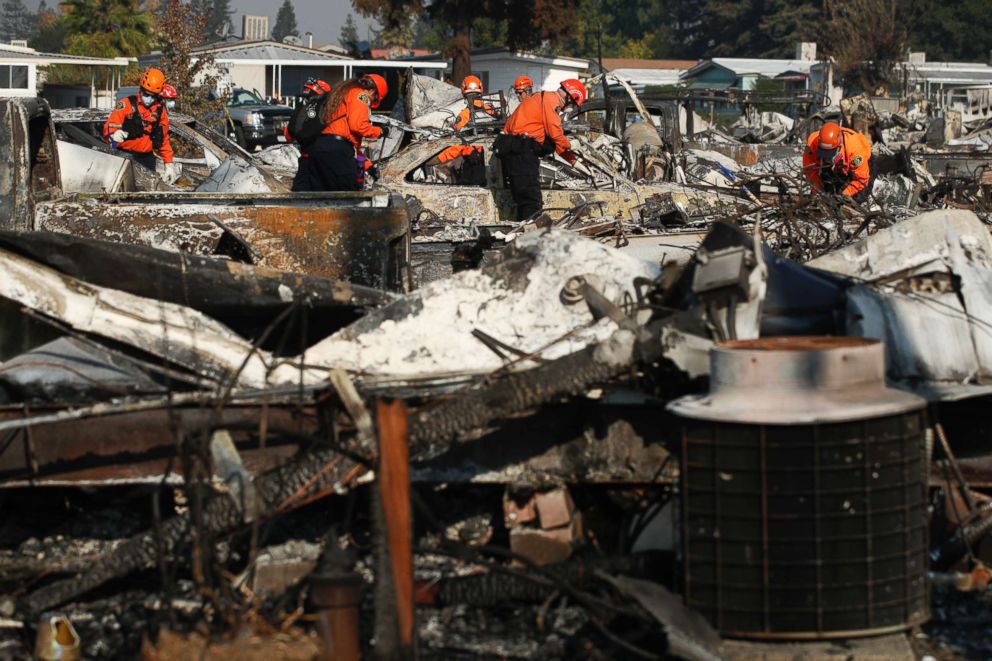
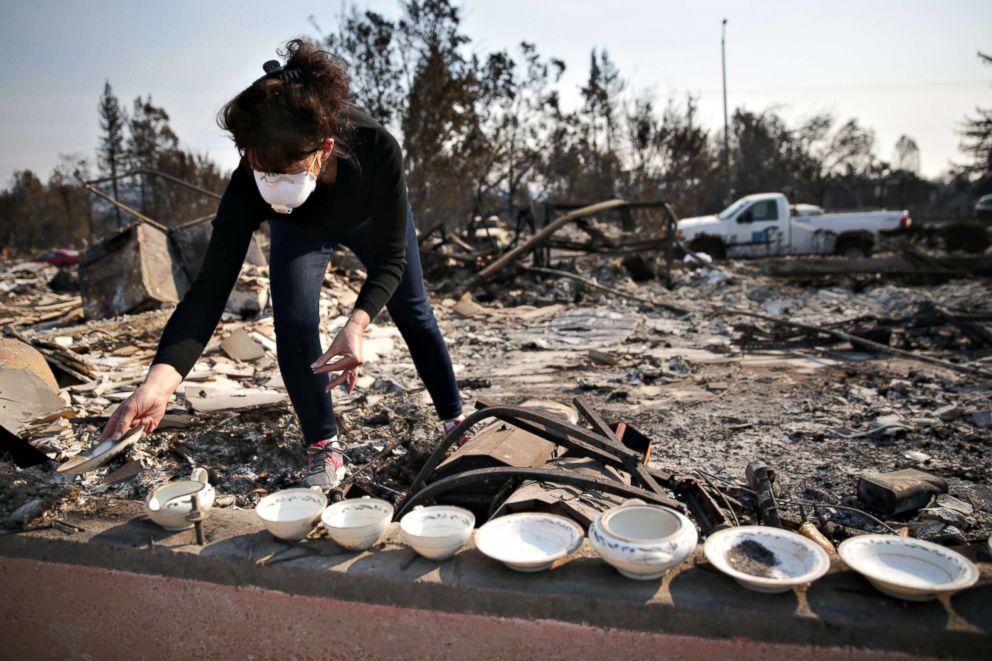
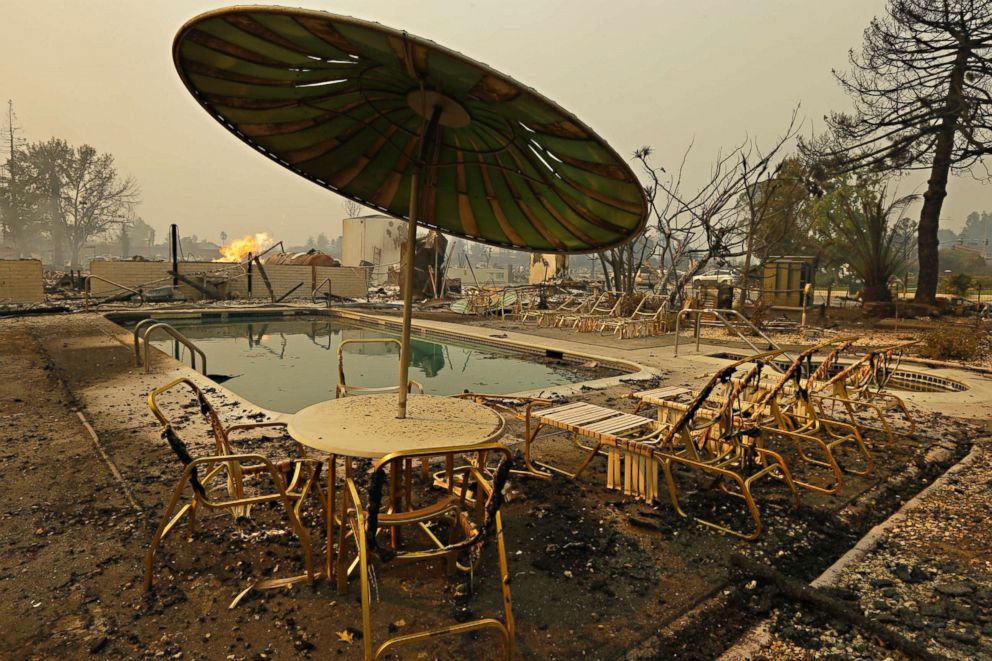
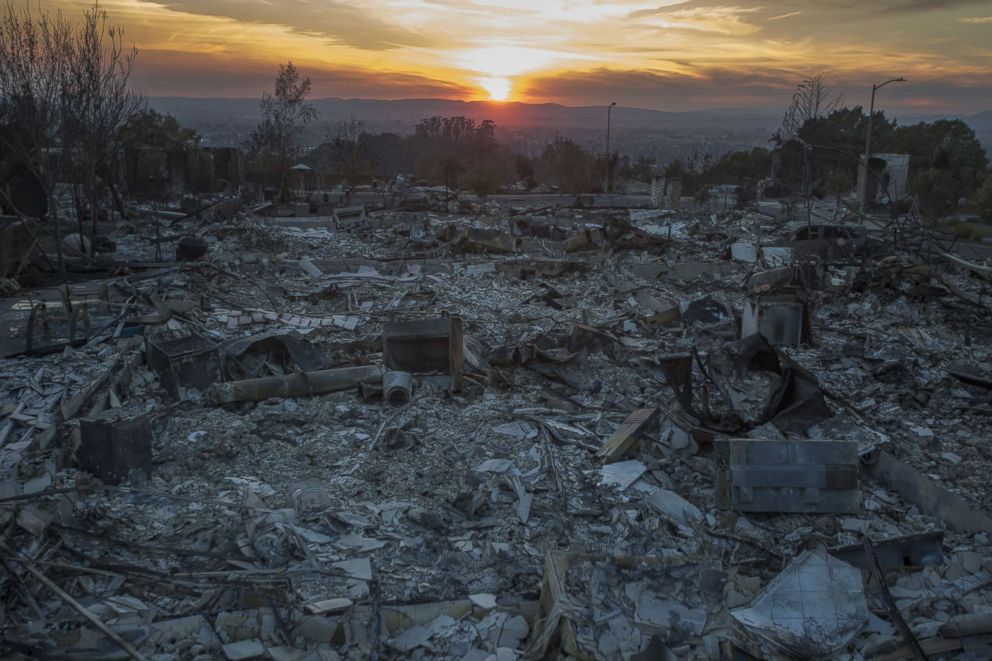
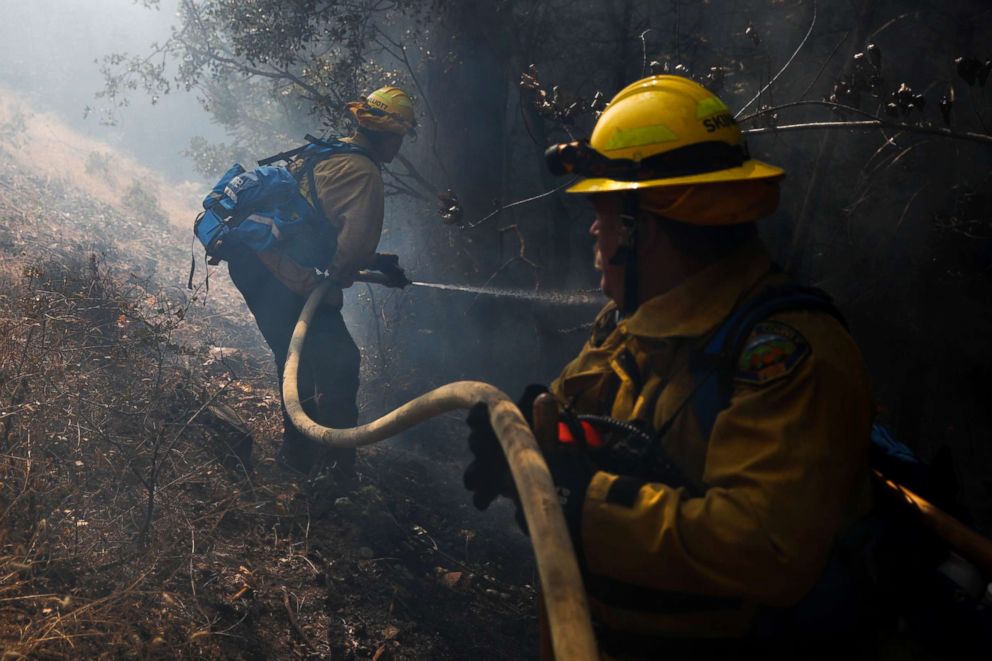
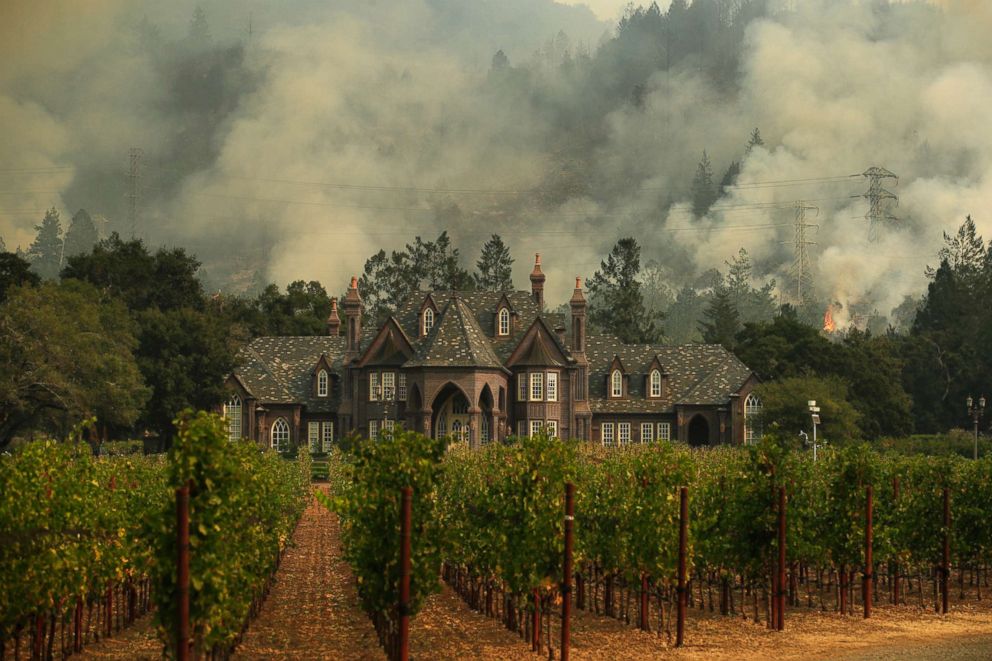
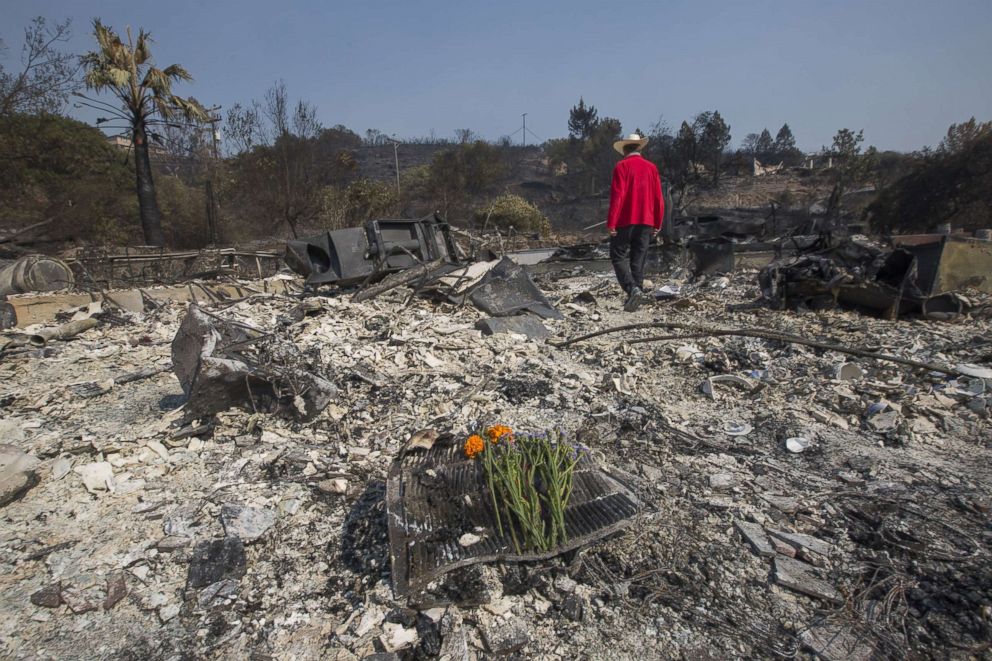
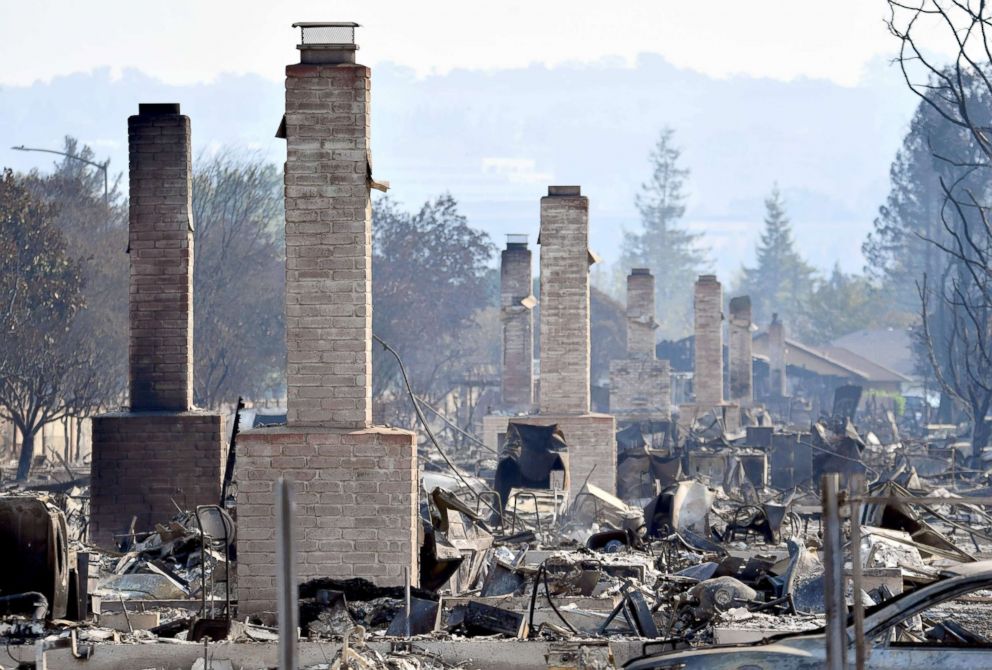
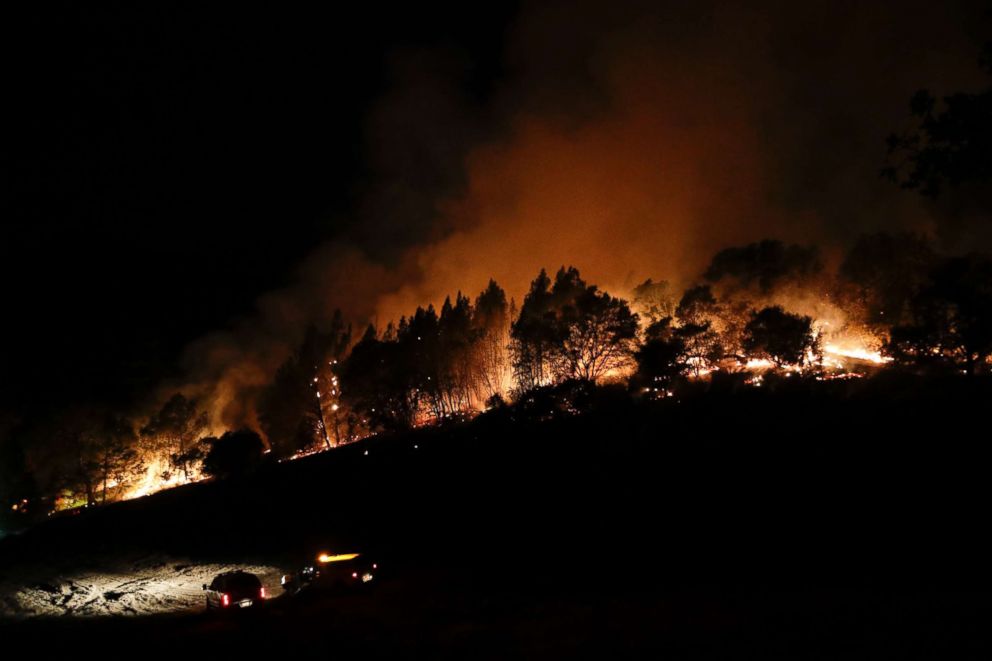
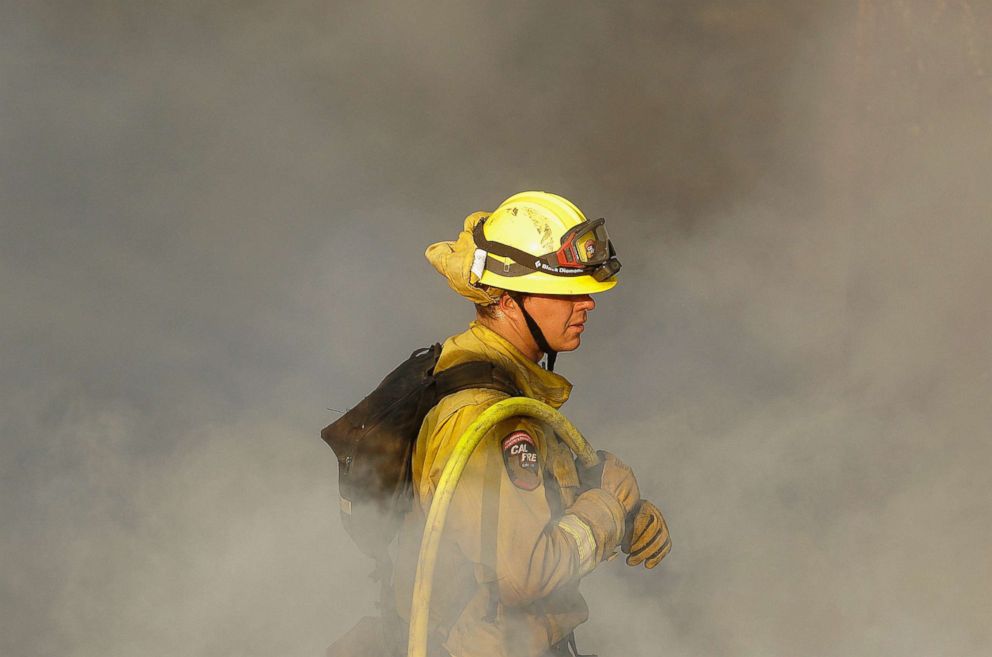
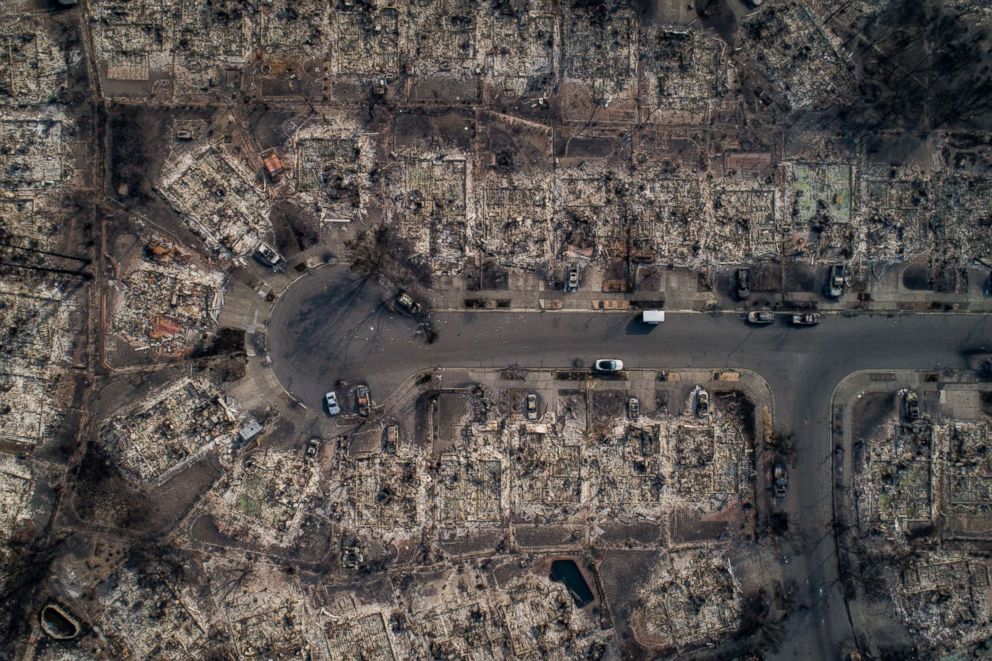
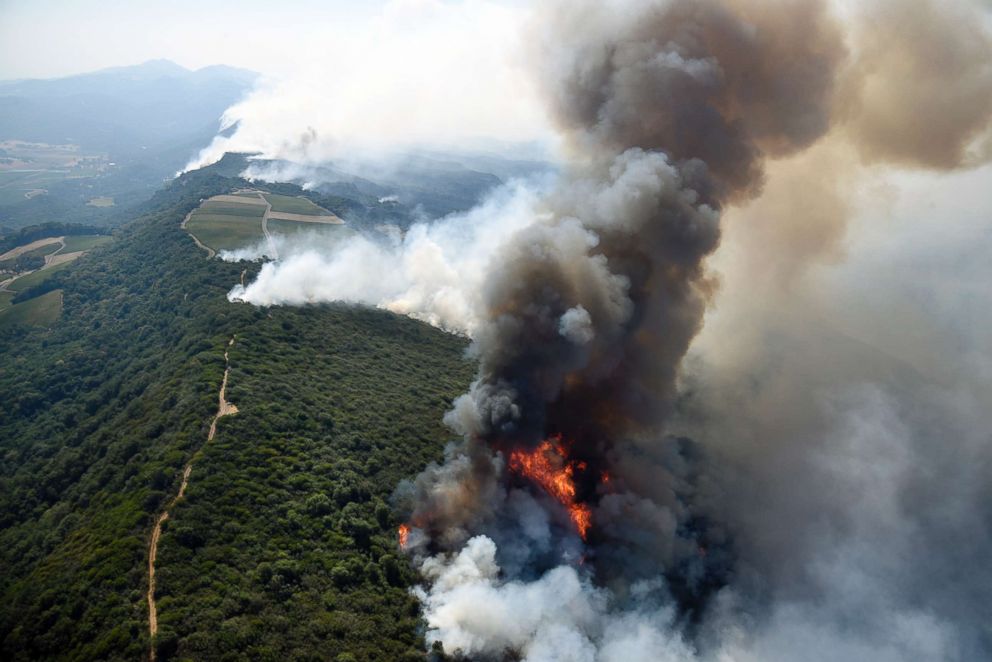
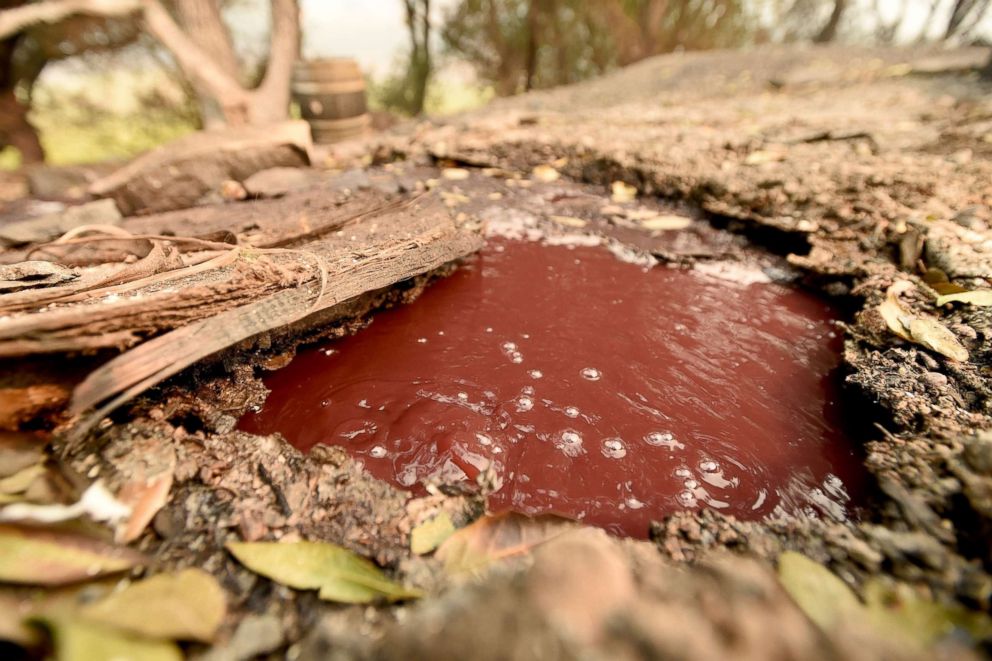
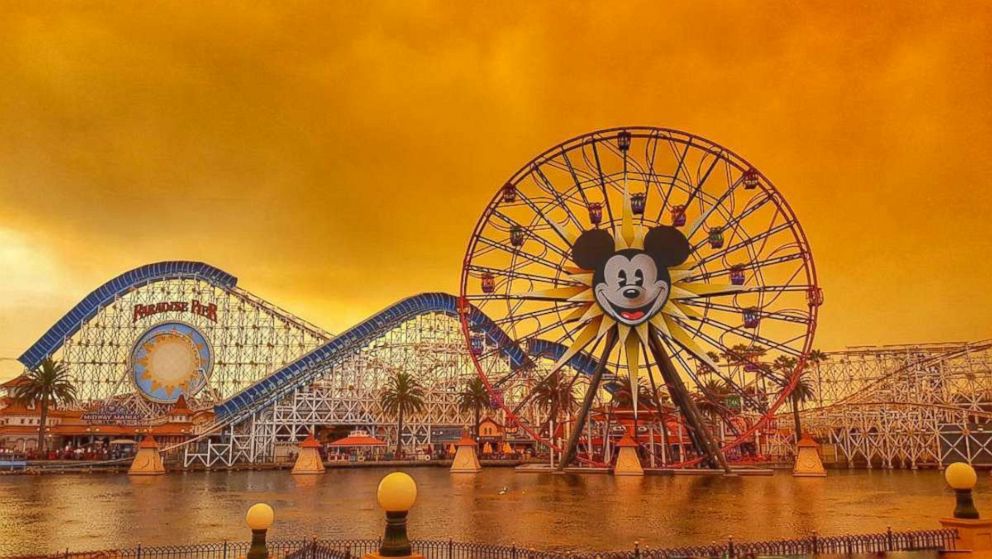
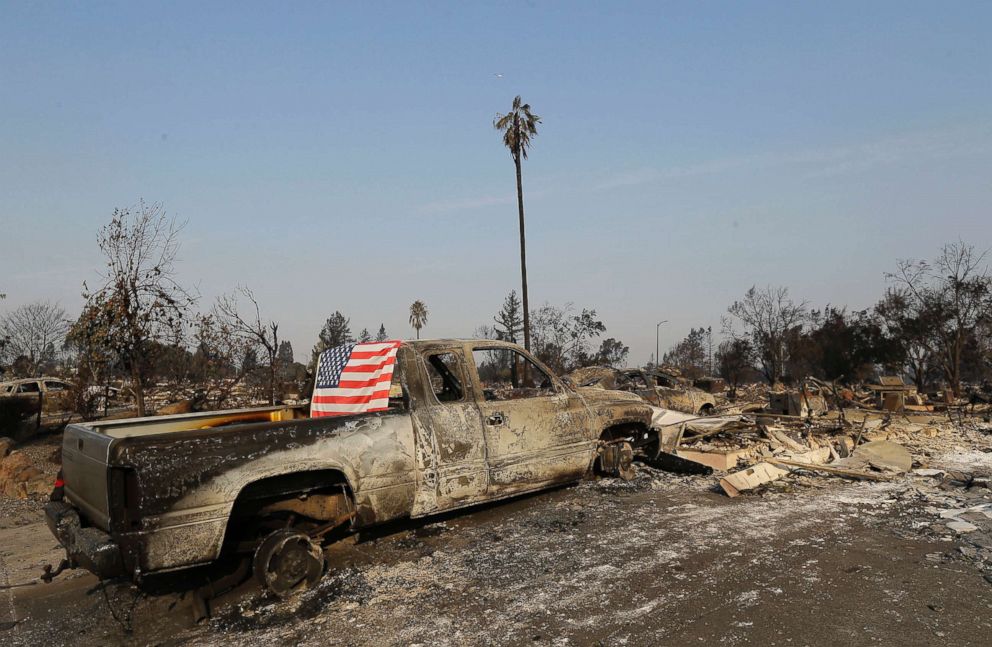
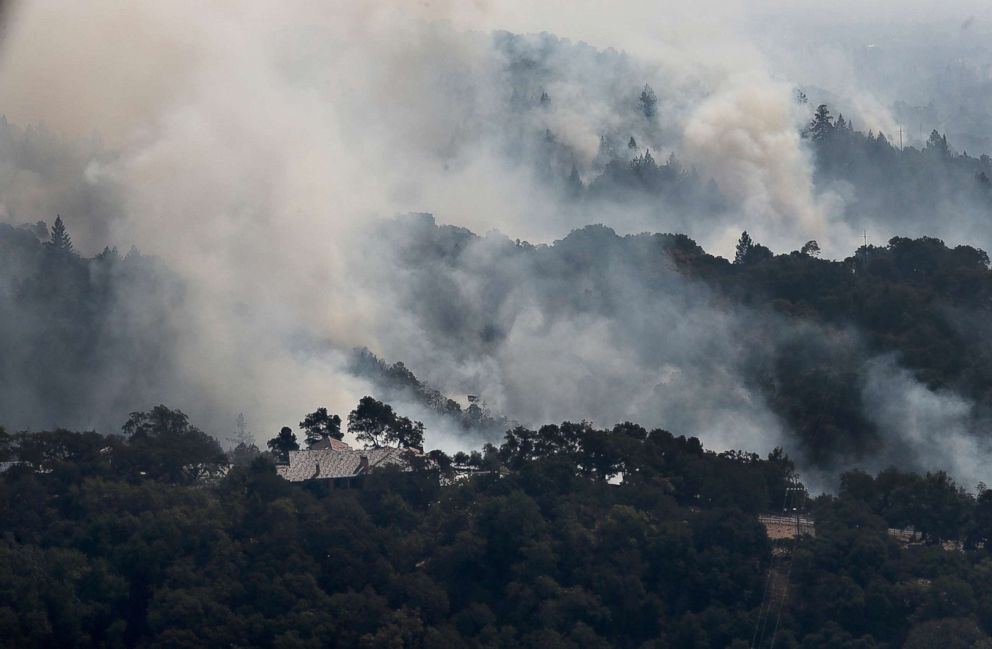

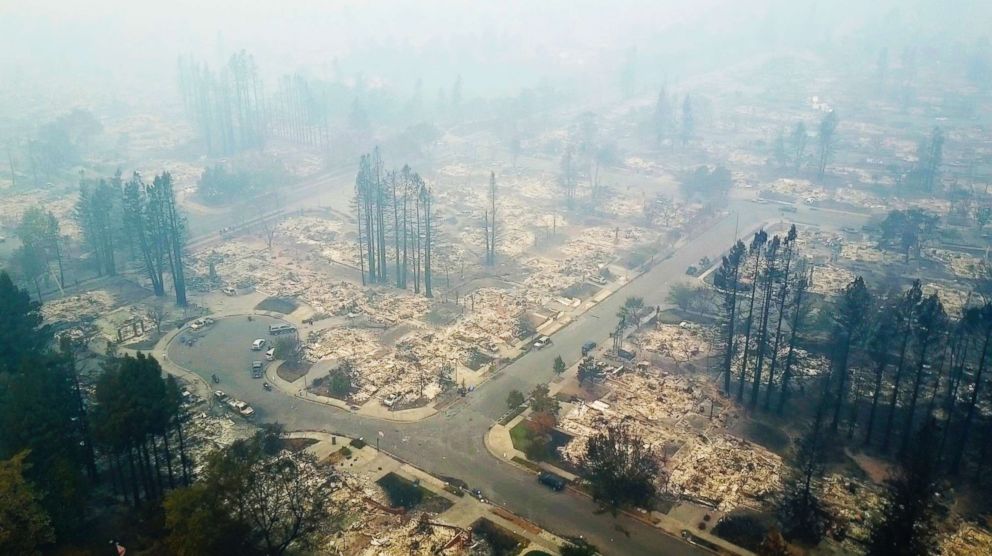
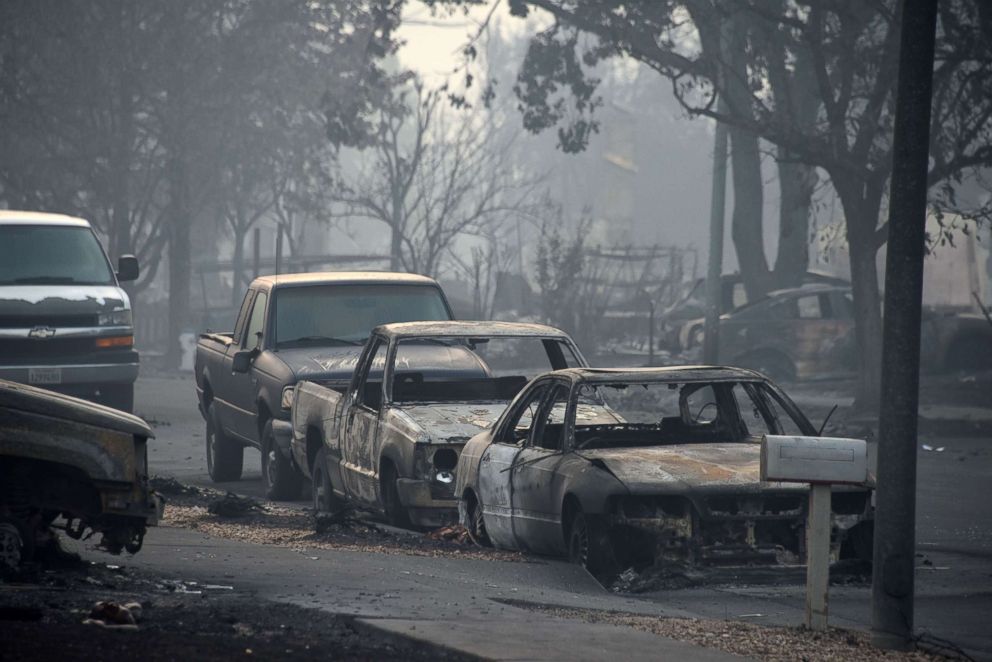
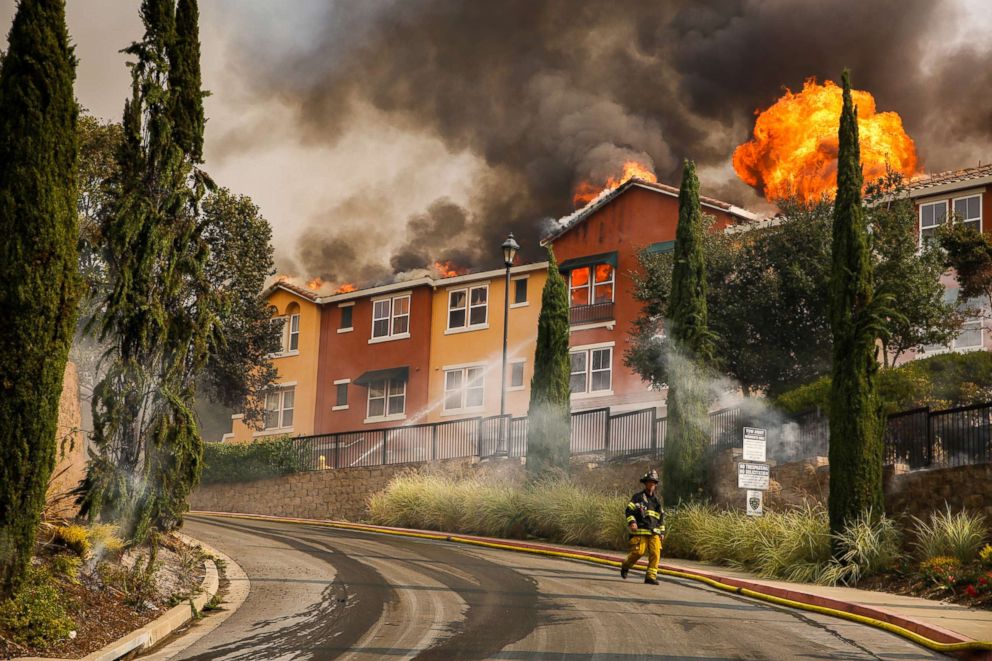
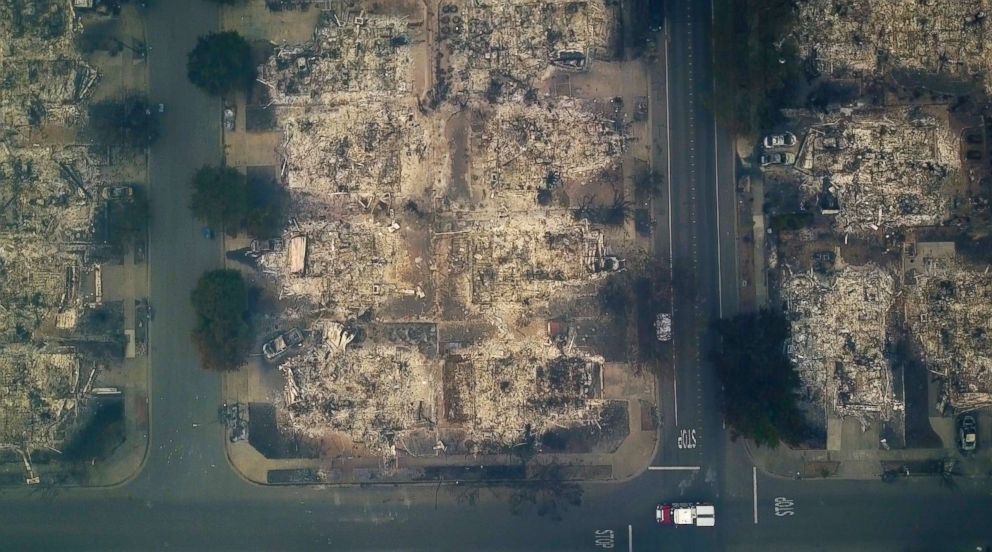
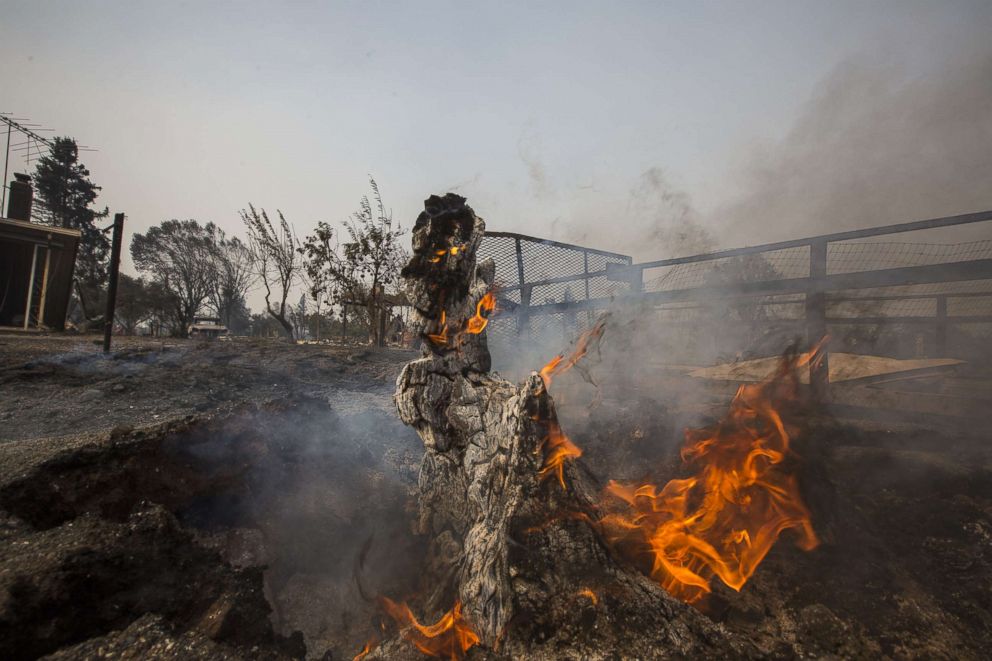
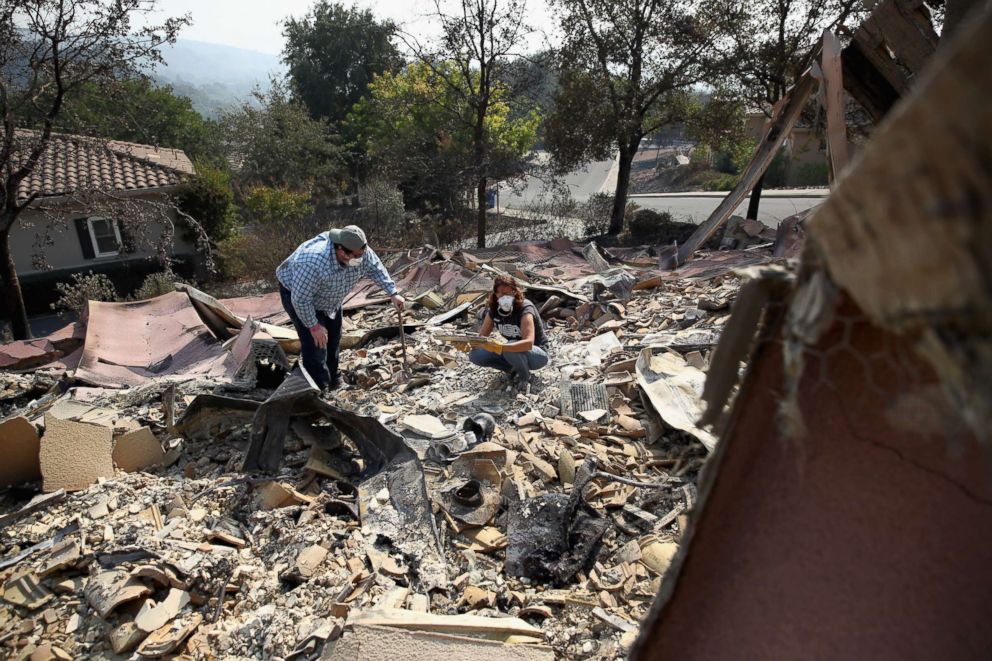
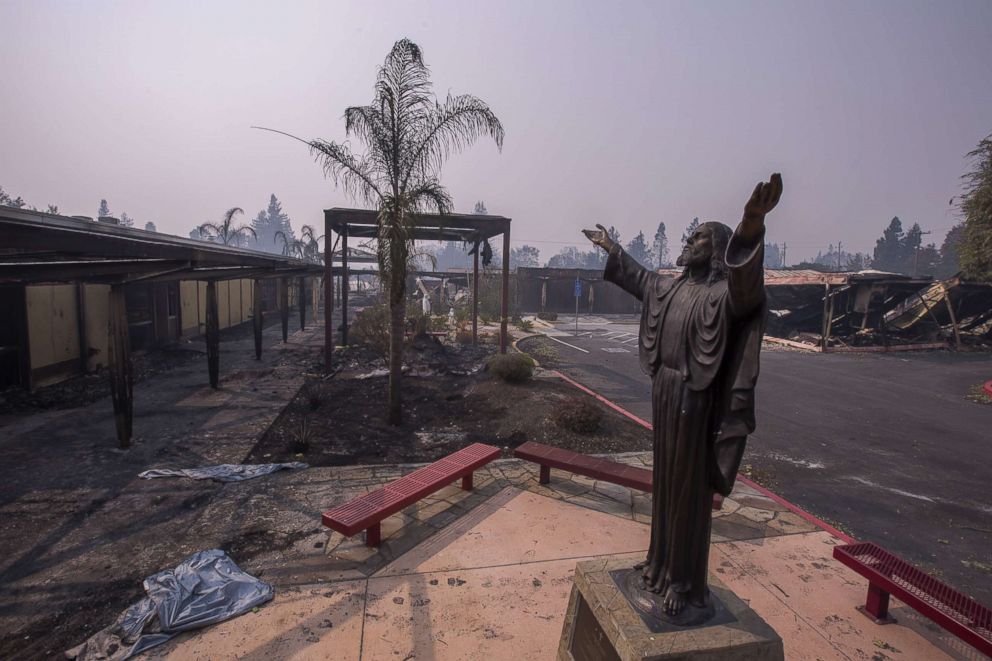
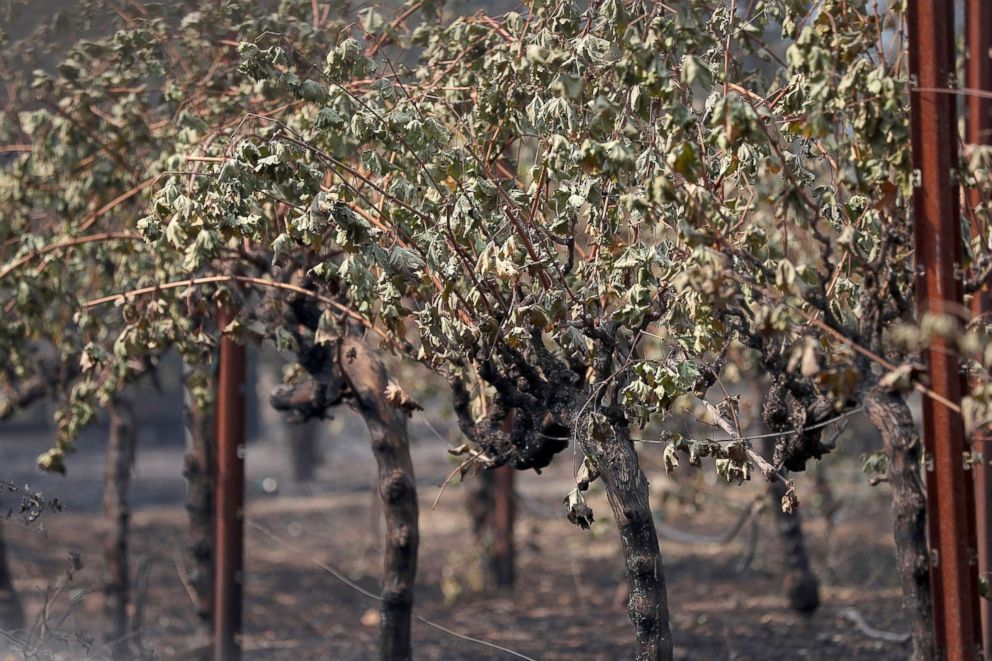
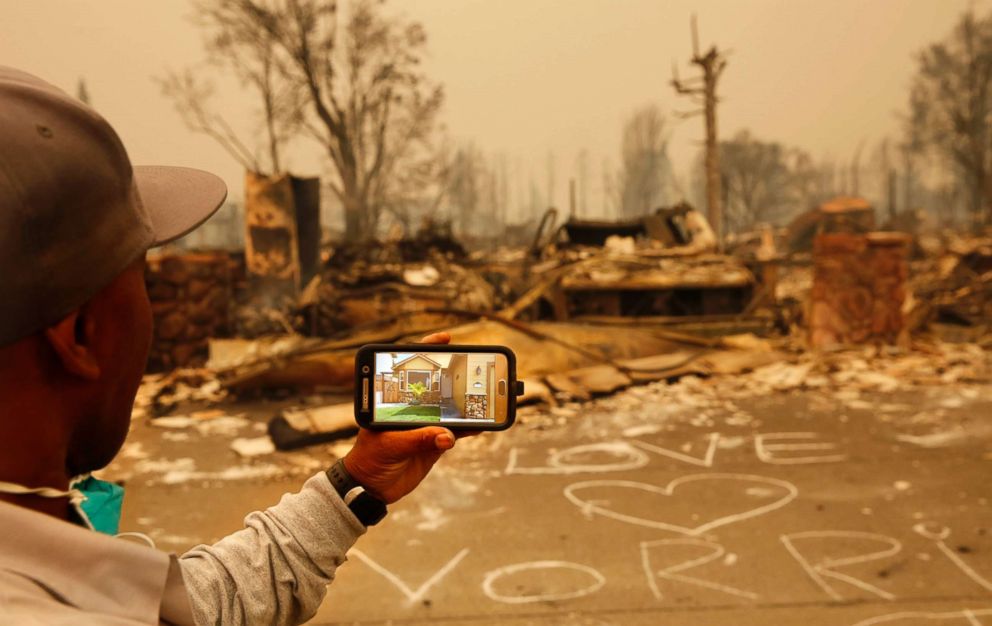
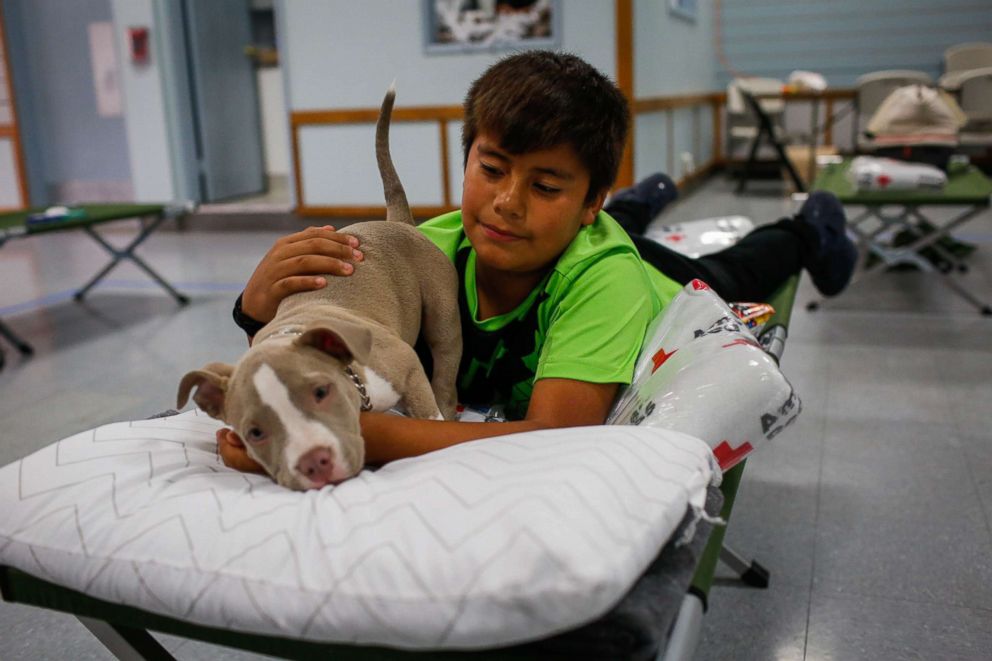
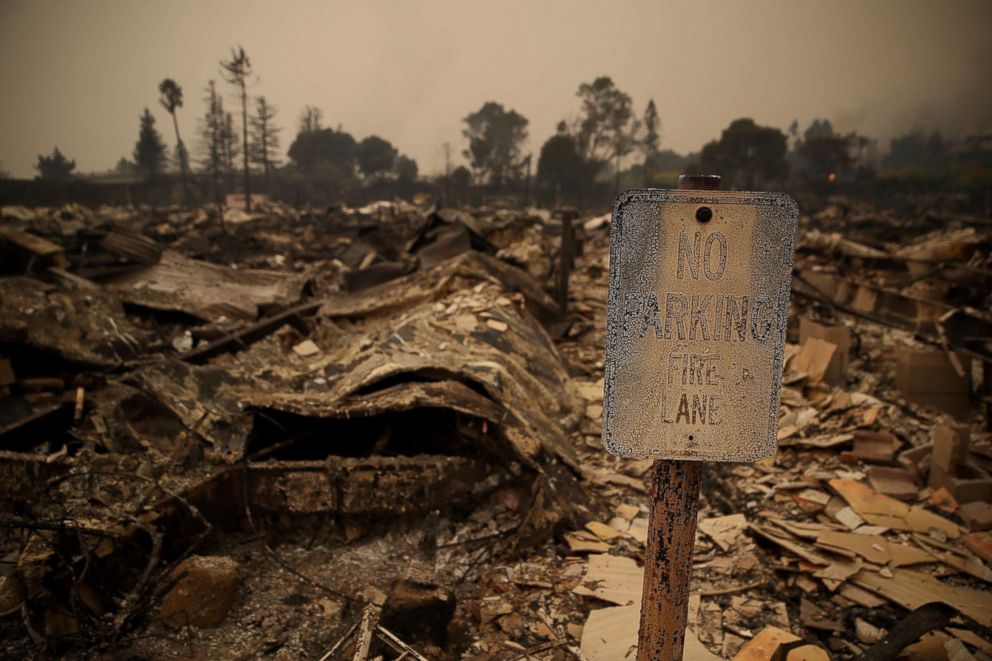
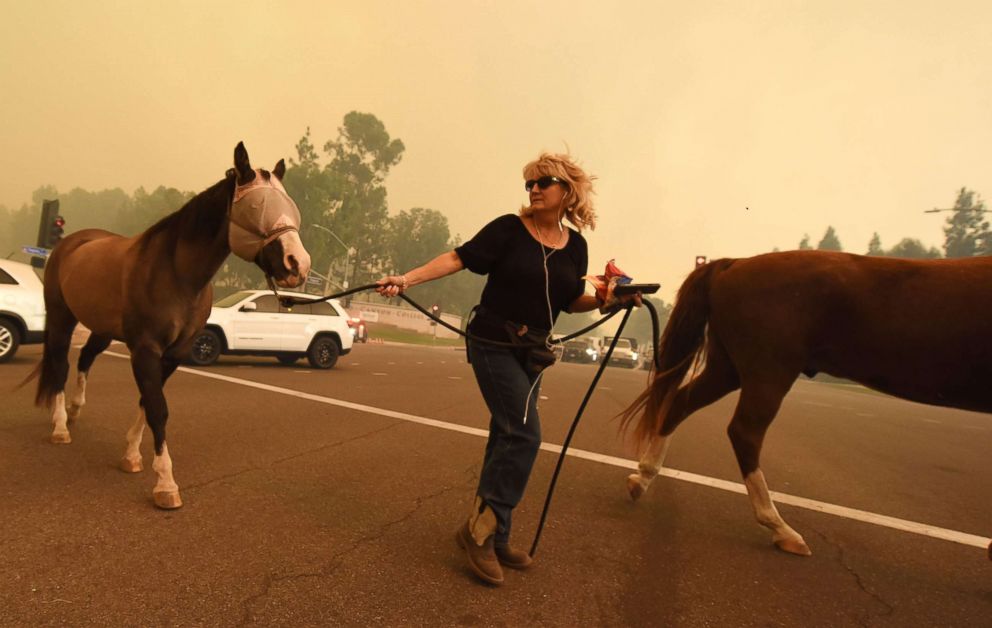
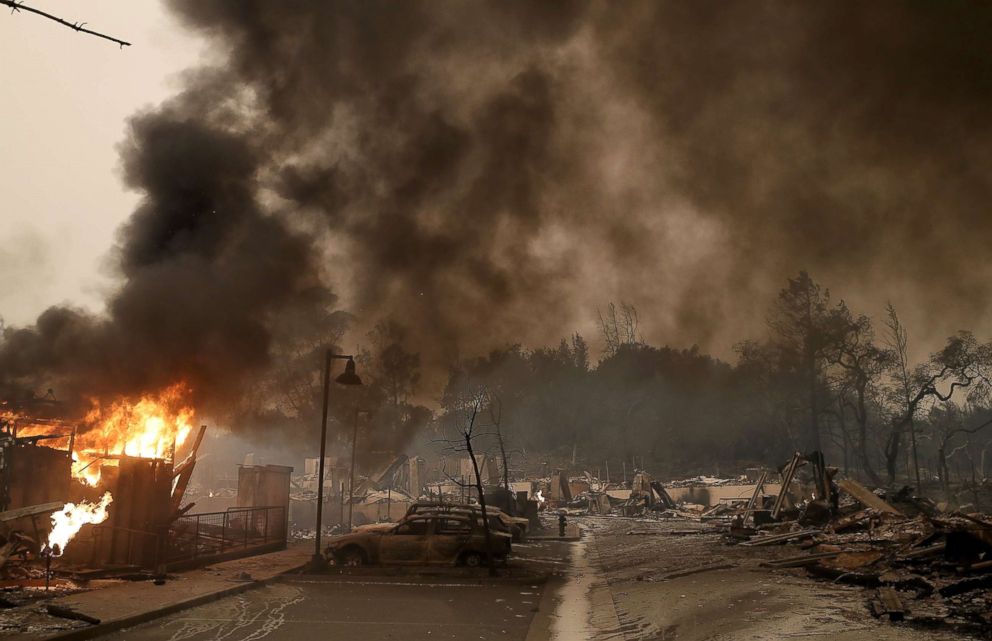
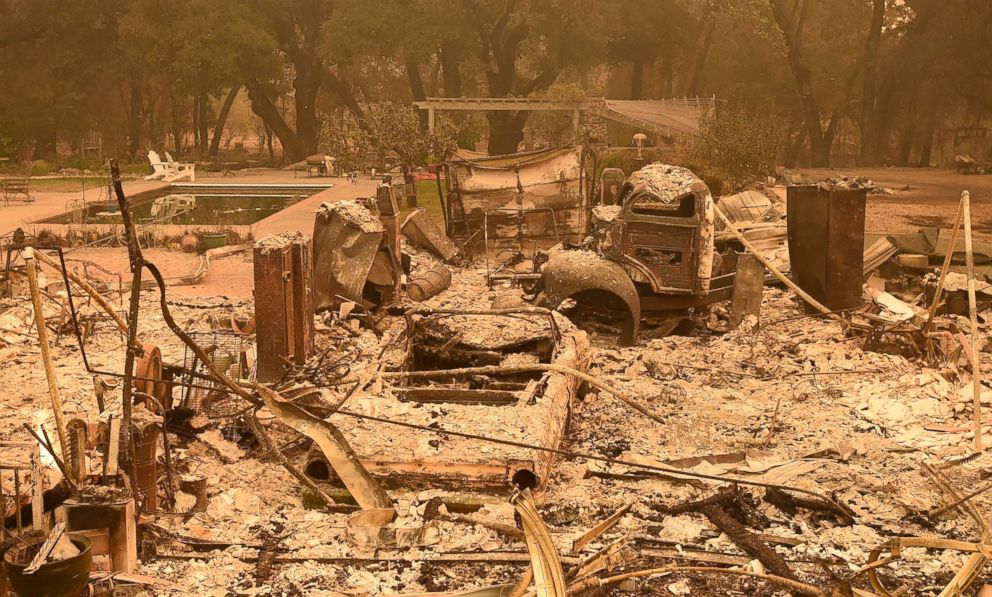
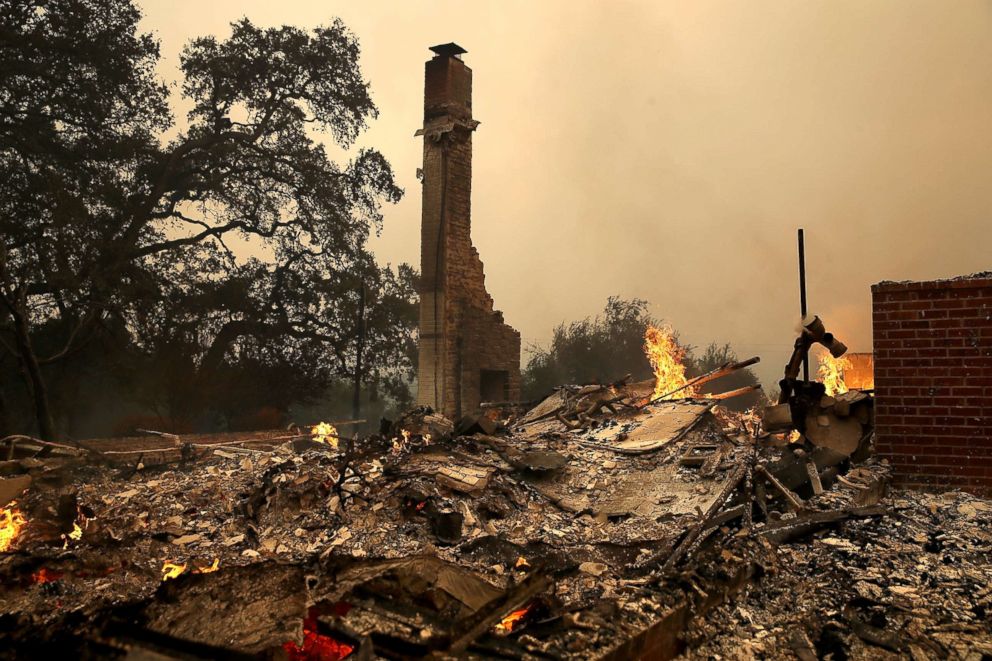
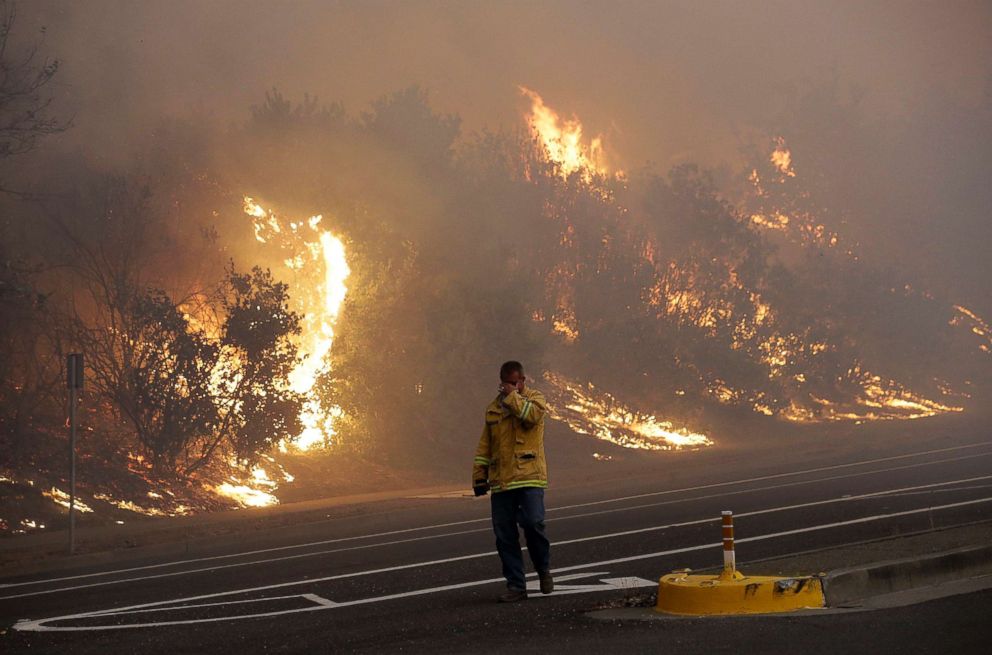
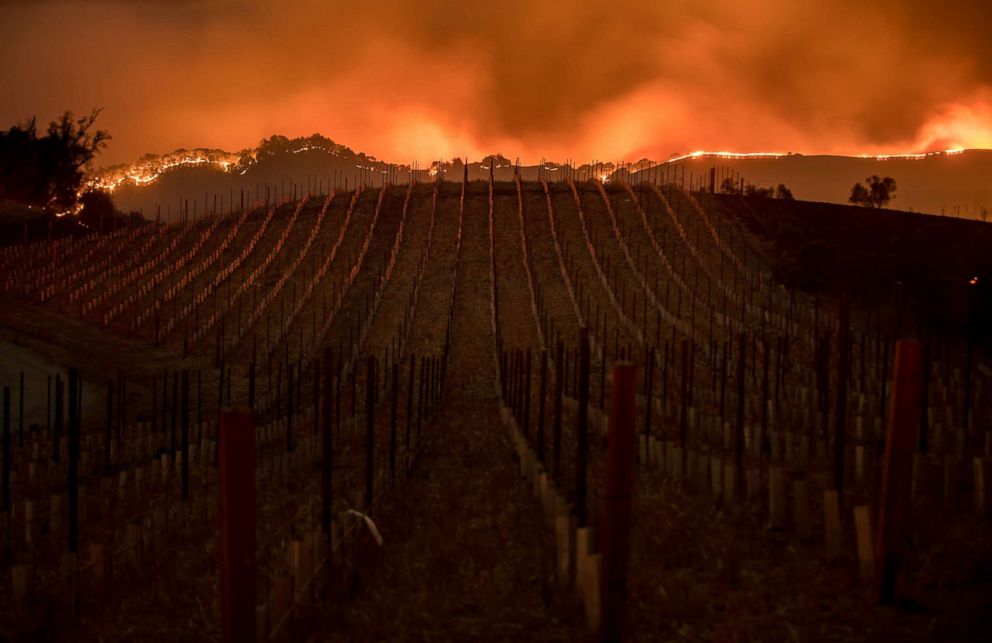
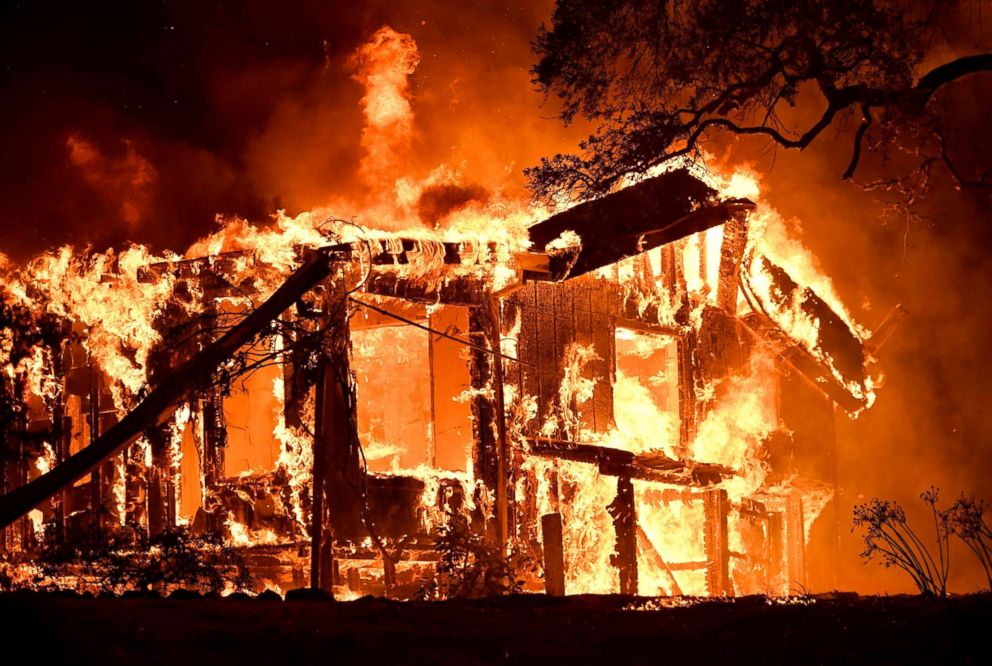
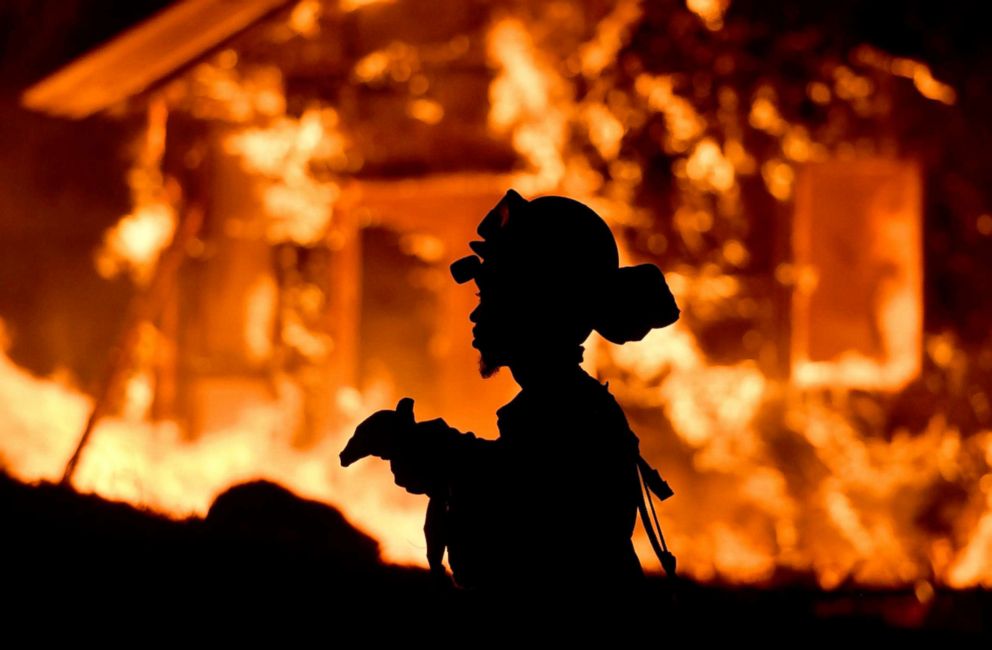
Santa Rosa Police Officer Andy Adams said that, up until the evening of Oct. 8, the residents of his city had no idea that a fire was coming their way. Nevertheless, the intense winds, known as the "Diablo winds," that struck Santa Rosa earlier in the day were an early indication that something was amiss.
“I don’t think I’ve ever been in winds that were that strong,” Officer Adams told “Nightline.”
“My partner looks at me, he says, 'You know, it's going to be a bad night because of the wind,’” added Officer Aaron Gonzales-Campos.
What residents didn't know at the time was that those unusually strong winds, blowing over the rolling hills of California wine country, were pushing large, glowing embers towards Santa Rosa.
“I got out of the downtown area up onto the freeway and saw the glow up on the hill,” said Officer Dave Pedersen.
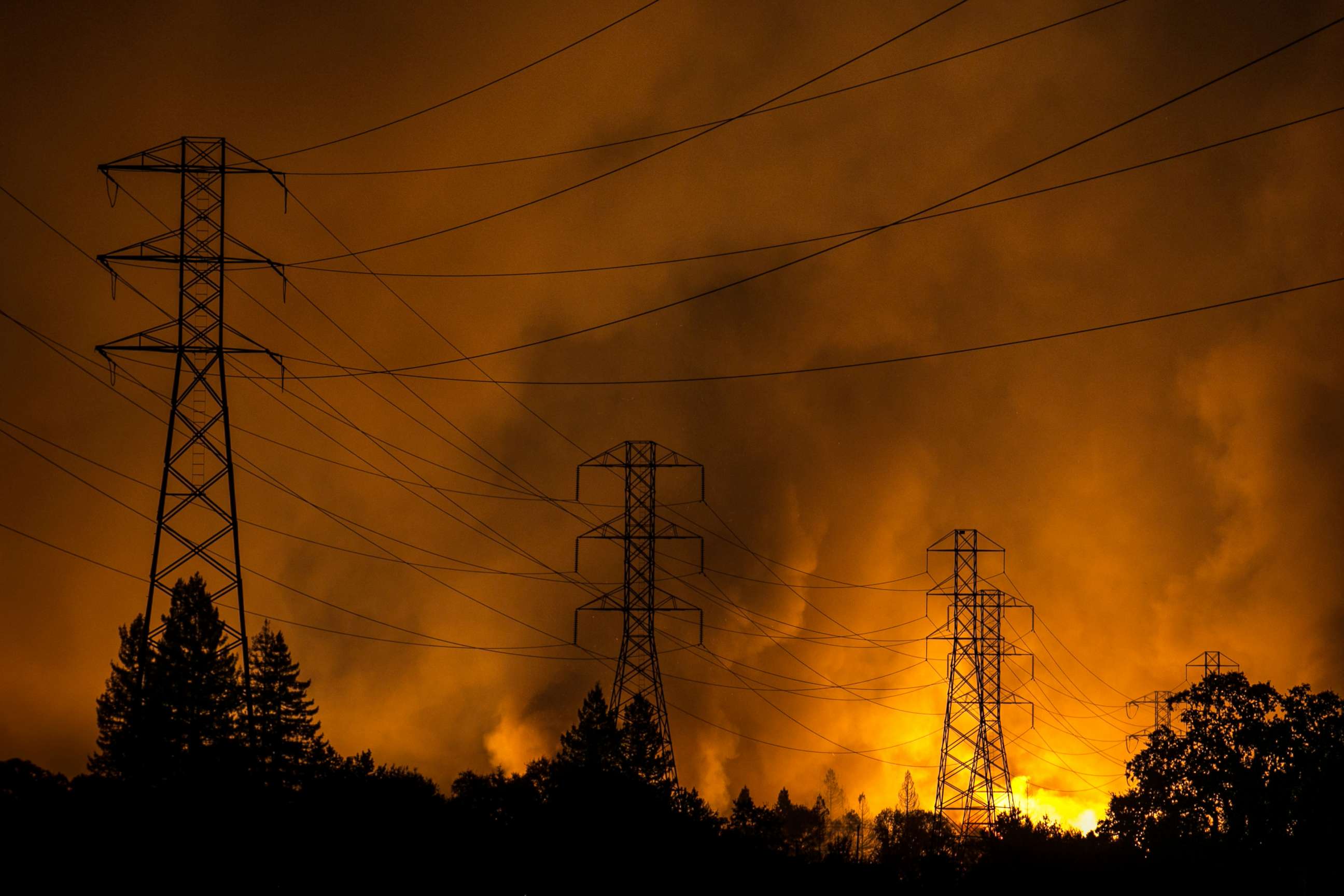
As much of Santa Rosa slept, a raging wildfire was clawing its way towards them.
“We had no idea that this huge fire was coming towards the city of Santa Rosa,” said Officer Orlando Macias.
By the time the fire reached the city, firefighter Paul Lowenthal said it seemed like embers “the size of footballs were flying through the sky.”
“The fire just seemed to be exploding everywhere you looked,” he said.
Knowing people's lives were immediately at risk, the Santa Rosa Fire Department focused on rescuing the county's residents first.
“The priority is always life. Life before property and before the environment. The priority for us became getting people out of the fire’s way and getting them evacuated immediately,” said Lowenthal.
He reached out to the Santa Rosa Police Department for help.
“I believe a text came out from the department saying, ‘Major fires. Can you come in, please?’” Officer Macias said. “I remember telling my wife, ‘Oh my God. I need to go.’”
Macias said he also had concerns for his own family’s safety.
“I took both of our vehicles, filled them up with gas, brought ‘em back. Loaded water, some clothes. Just quick items, as fast as I could.”
After taking his family to a friend’s house down the street, he made a promise to his wife: “I said, ‘Alright, I gotta go, babe. And I promise I’m not gonna do anything stupid.’” Macias told "Nightline" that leaving his family behind was very difficult that night.
"You go into a relationship, you know, it's me and you. You protect our home. ... My 'I do' is more powerful than the oath I took. However, I needed to go help," he said.
With their body cameras rolling, the officers -- Macias, Adams, Pedersen and Gonzales-Campos -- and their colleagues at the police department joined forces with first responders from all across Northern California in a treacherous race against time to evacuate the city as the fire swallowed it whole.
"I never thought in a million years I would ever encounter a fire like this," Adams said. "I'm not a firefighter. That's what firefighters do. But when something is the magnitude like this, it's everybody. It's all hands on deck."
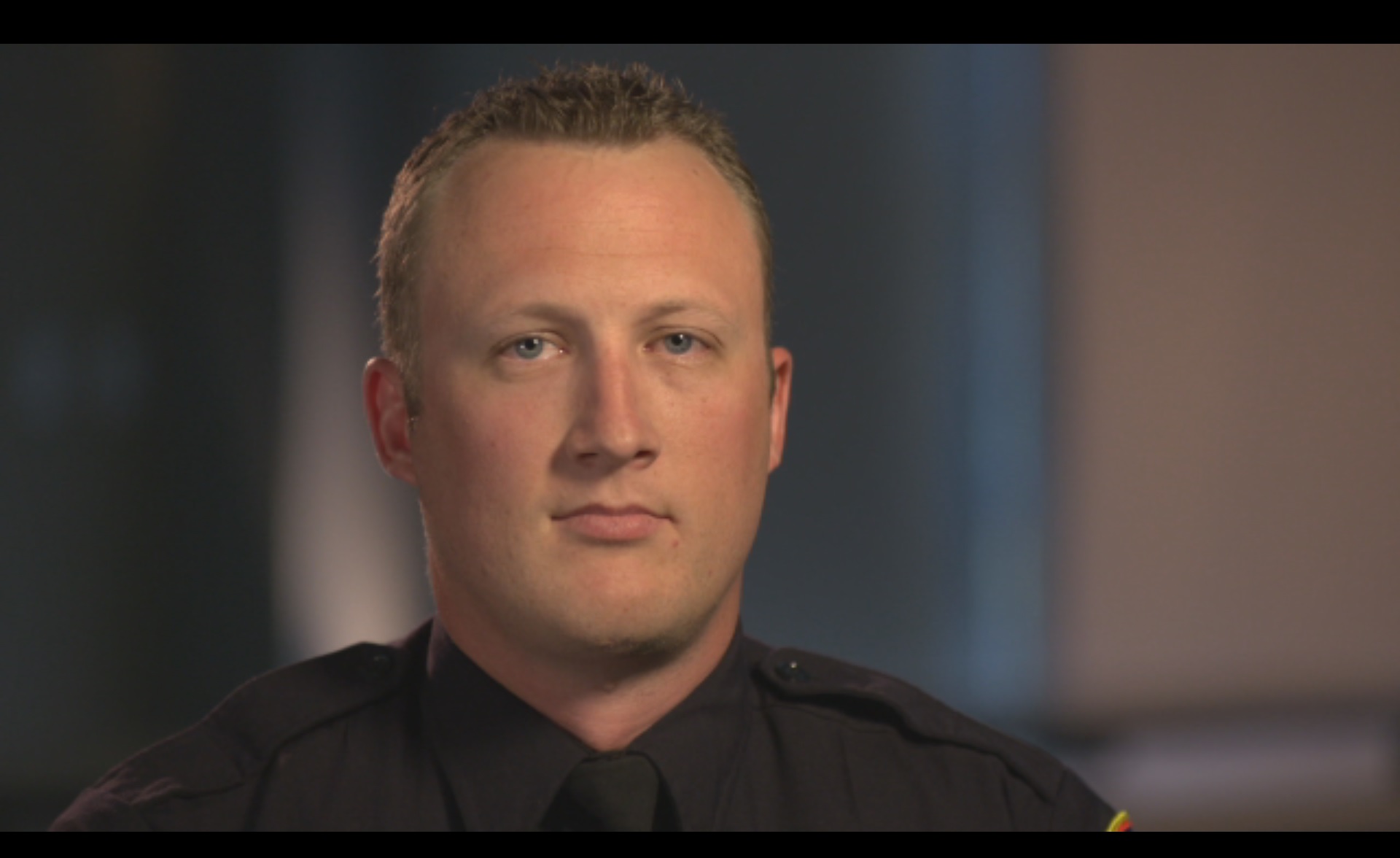
Around 11:30 p.m. on Oct. 8, the calls for evacuation came in. Adams and his fellow officers began the daunting and exhaustive task of running from house to house, furiously banging on doors in hopes of waking people up, as the fire started blowing into the upscale neighborhood of Fountaingrove.
"When I got up to the Fountaingrove area, it was very smoky. I started on my P.A. [public-address system] telling people to get out, there was a fire coming,” Adams said. “Knocked on a few doors. Didn't get any response from anybody. Obviously in that scenario, I'm tryin' to open their door to yell at them to get out.”
With the fire right on their heels, Adams and his colleagues tried to cover as much ground as they could. Adams was surprised to find that several residents didn’t seem to grasp the urgency of the situation.
“I was getting frustrated at people,” he said. “I understand it’s a significant event, and it’s a spectacle to see, and people wanted to take that in, versus ‘Hey there’s a lotta other houses...I need to go right now. Can you please hurry it up?’”
Adams also said that with cellphones not working and the power being out, "I just don't think people quite realized the magnitude of what was happening in the moment."
His bodycam footage captured bewildered residents, some in a panic. One couple ran out and then realized the rest of the family was still inside the house.
Adams came upon another man who was sitting on his porch, holding a garden hose, who told Adams that he was "gonna fight it out." The man didn’t realize how urgent the situation was, or how close the fire was to his own home; but Adams, aware of the magnitude of the fire and how fast it was moving, begged him to leave.
"My thinking at the time was, 'I don't know what the fire's going to be like when he needs to be rescued,'" Adams told "Nightline."
Adams later found out that the man and his wife fled their home as the fires closed in. Tragically, they lost everything and are now having to rebuild their lives.
As first responders continued to move from house to house, the officers' bodycam footage captured giant, glowing embers raining down from the sky. The fire had finally reached them.
"I remember driving by police officers and seeing fire on both sides of the road, fire surrounding us," said firefighter Lowenthal. "We were still doing everything we could to help people get out."
He said the fire was consuming one entire street of homes after another.
"It was literally structure after structure after structure burning. Thousands of structures all on fire within a matter of hours. ... It [was] completely wiping out, not only residential neighborhoods, but commercial areas," Lowenthal said.
The Press Democrat's photographer, Kent Porter, captured much of the devastation that night.
Both the Santa Rosa Hilton Hotel and a KMART burned to the ground, among other commercial structures.
Macias' bodycam footage showed him carrying out an evacuation at one of the city's retirement communities, nestled in the burning hills. Without transportation, the elderly residents were trapped. When Macias arrived on the scene, he said he walked into the lobby of the community's main building and saw "just a sea of elderly folks."
"I kind of, at that point, said, 'Alright. What are we supposed to do now?'" Macias said. "[The fire] had burned the entire neighborhood up there. What was gonna stop [it] from burning the place that I'm currently standing in?"
"For anybody to say they weren't scared, [they] were lying through [their] teeth," he said.
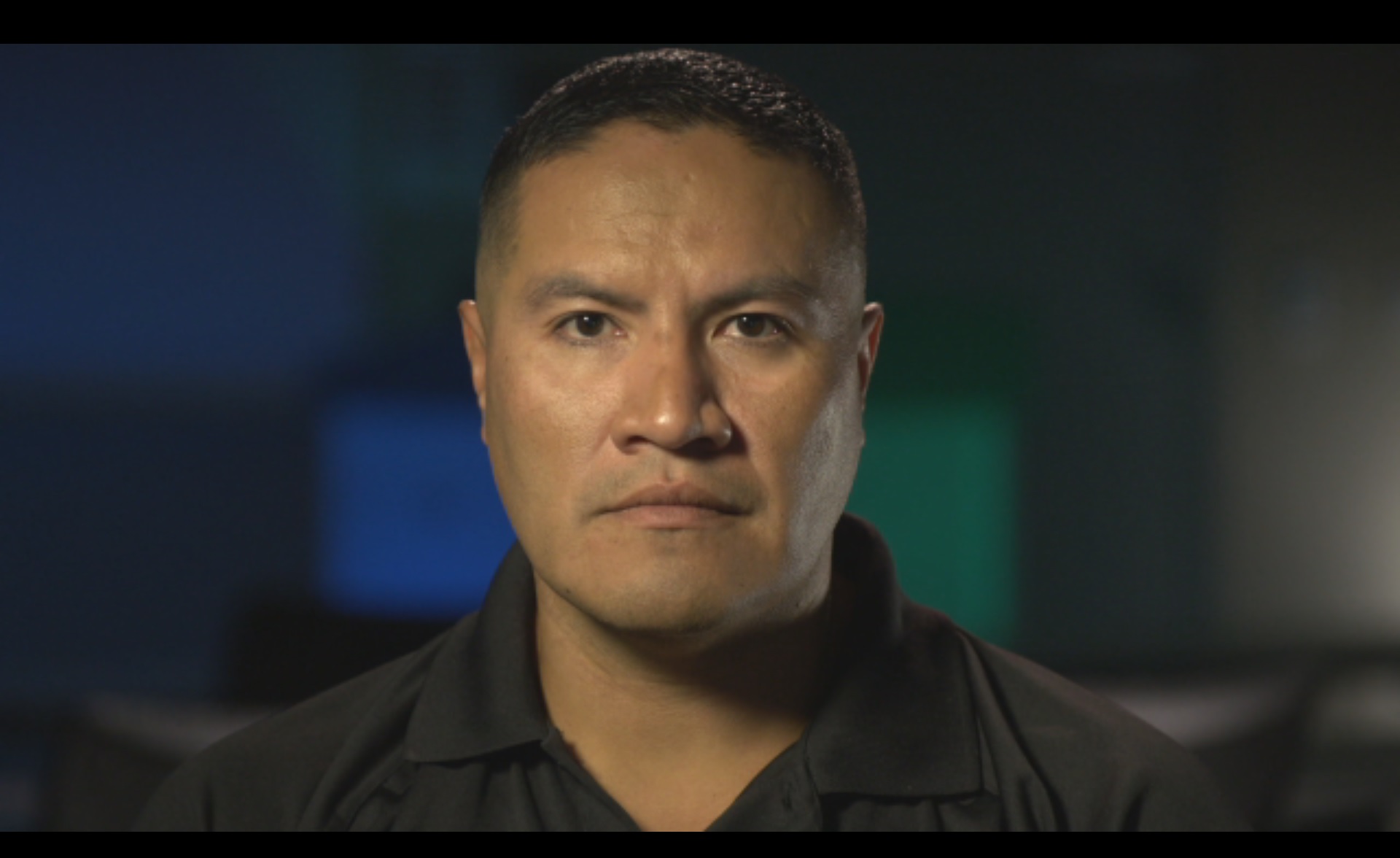
Macias and other first responders had no way of safely evacuating all of the elderly residents because there were only small police and fire vehicles on the scene.
Then, a call came in that an unlikely cavalry was on the way: Santa Rosa's bus drivers were willing to risk their own lives to evacuate the stranded masses. Volunteering their services, the bus drivers navigated the dangerous route through the fire and up the hill to the retirement community.
"The true heroes of that incident were those bus drivers,” Macias said. “I don't think those folks will get the credit that they will ever deserve, but I know for a fact when they signed up to apply for the position of bus driver, it didn't say, 'I'm gonna drive this big rig up a burning mountain, sit there and wait while fires are burning around me for people to be loaded on my bus, and then drive down a burning mountain again.'"
"I took an oath. I said, 'Hey, I'll face some of these bad things.' Those guys didn't. And yet, that was awesome. ... That was just humanity at its best," he added.
As soon as the buses pulled up, Macias said he "just started grabbing people." He said he tried to get them on the bus as fast as possible "but as calm as possible too."
Some of the elderly residents were in wheelchairs and needed to be carried onto the bus. Macias helped one woman by telling her to grab onto his shoulders and pretend like they were dancing.
"I [said] 'When's the last time you ever danced with me?'" he said.
Making another joke, he added, "I'm not a small guy, never been. ... I had referenced like 'God, you know, they coulda picked a skinnier guy to do this job. You know they got me.' And she was awesome. ... She was just like 'Hey, I like 'em big.' I was like 'Thanks. I'm glad I could help you out.'"
Macias said it was important for him to inject a little humor into the tense situation because a police officer's position "holds so much power and reverence that our interaction is so intense for people."
"They'll always remember us. So, for me, I want to treat everybody like I would my family. You know, that lady who's lookin' at me in the wheelchair could be my mom. How would I want someone to treat my mom? I want somebody to dance with her, pretty much," he said.
Once the buses were loaded up, the residents were driven to an evacuation center. As they drove off, parts of the retirement complex burned to the ground behind them.
In a different part of town, Pedersen, with other Santa Rosa police, found himself needing to help residents whose cars had gotten trapped behind their electric garage doors.
He encountered one woman who ran up to his car saying, “I need help. I’m a widow, my husband’s gone. I can’t get the garage door open,” and Pedersen got out to help her.
“Sir, I’m scared,” the woman said.
“I know, this is absolutely terrifying,” he told her.
Pedersen said he never thought garage doors could be such an issue.
"I just kinda took it for granted that I know how to open my garage door without electricity, and [it] just never dawned on me that, when your power goes out, your garage door jams. There's a cord on the rail that you pull and you can manually open and close your garage door," he said.
As Pedersen drove around, assisting with the evacuation efforts, he became lost. Pedersen was already unfamiliar with that part of town and the now-melted street signs and downed power lines and trees further complicated his situation.
He credited the dispatcher that night with "saving [his] life."
At one point, he told his dispatcher: "I've gotten to a certain address and I don't think I can go any farther."
However, when Pedersen began to see signs of life on the street, he drove farther into the unfamiliar territory, relying on the dispatcher to guide him.
"[Dispatch] told me, 'You're gonna come out. There's a place where you're gonna come out,'” Pedersen told “Nightline.” “I really do credit him with saving my life because if I had taken ... a U-turn, there's no telling what could of happened."
At one point, a woman ran up to his car, crying hysterically.
“Our whole house is surrounded,” the woman told him. “Oh dear God, I can’t believe it… it’s so terrifying. Nothing went off. None of the smoke detectors went off.”
Pedersen managed to get that woman and a group of other evacuees to a sheriff’s station. It was only a moment of light in his night, and as soon as he got them to safety, he was back in his vehicle to find others.
“As the night went on, I had a heavy feeling… that nature beat us handily,” he said. “No matter how many police officers I got there… there was no way that we could beat the speed of the fire.”
The fire had not only knocked out the power to the county, but cell service and internet service were down as well. The one unlikely beacon of hope that night: radio.
“We realized fairly quickly that we were one of the only modes of communication still operating,” said Pat Kerrigan, radio host for KSRO, a local Santa Rosa station.
Kerrigan, who normally hosts a show at 6 a.m., took to the airwaves at midnight and stayed on the air for about 12 straight hours. She and her team provided critical updates as new information became available.
"We had to start talking to the newsmakers," Kerrigan told "Nightline." "We had to start talking to the fire department, the sheriff's office who were busy evacuating people. We had to find out who was where and the specifics of what was happening around the various parts of our county. ... We realized within the first hour of being on the air that this was a monumental, life-changing event for our community."
One of the most shocking moments during their coverage was when Kerrigan interviewed firefighter Lowenthal live on the air.
“We were interviewing him and we heard him say, ‘Oh my God, it jumped the freeway’.... And I think the shock of it, and knowing what lay on the other side of that freeway, it was, it felt like a gut punch. It all felt like a gut punch, after gut punch. And we knew that many more lives were in danger at that point,” Kerrigan told “Nightline.”
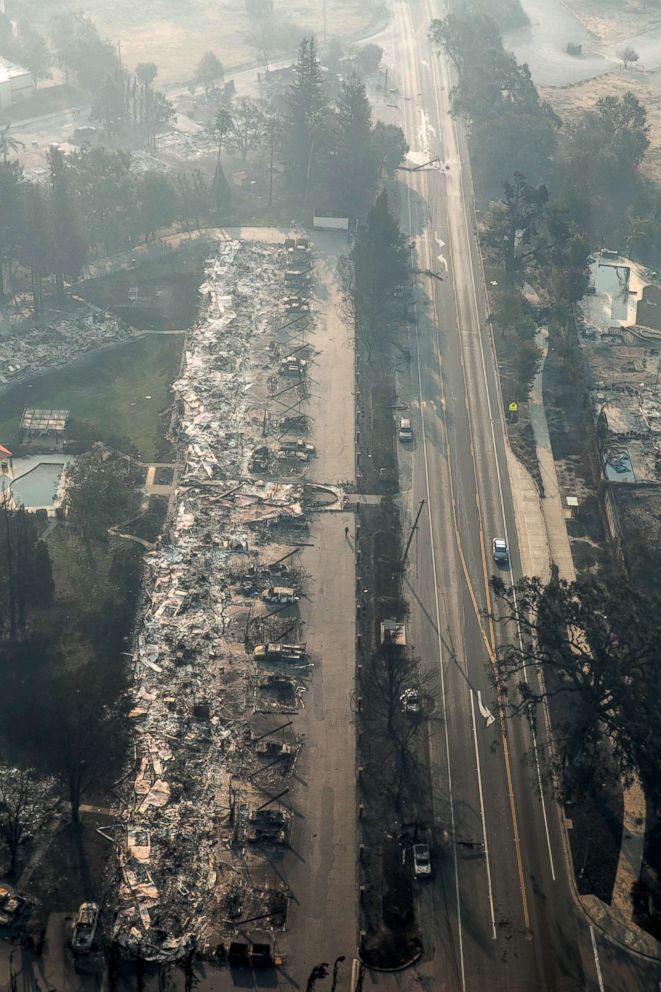
“As time went on, the fire just continued to grow, and it seemed like it was moving faster,” said Adams of the Santa Rosa police. “And we just tried to do our best to keep up with it.”
At one point, Adams came upon a home where several elderly women were stranded. His bodycam footage showed him running into the house and wheeling one woman out in a wheelchair. As Adams loaded her into his car, he realized just how close the fire was to them.
“The fire was… two to four houses away with embers falling [on] us,” he told “Nightline. “It was time to get out of there.”
His colleague Gonzales-Campos was also on the scene, and as the fire began burning the house, he says he wheeled the last woman out.
“I remember just smoke… in our eyes. I couldn't really see,” Gonzales-Campos said. “I don't know if you've ever had smoke in your eyes, but you can't open your eyes. So that... was pretty scary.”
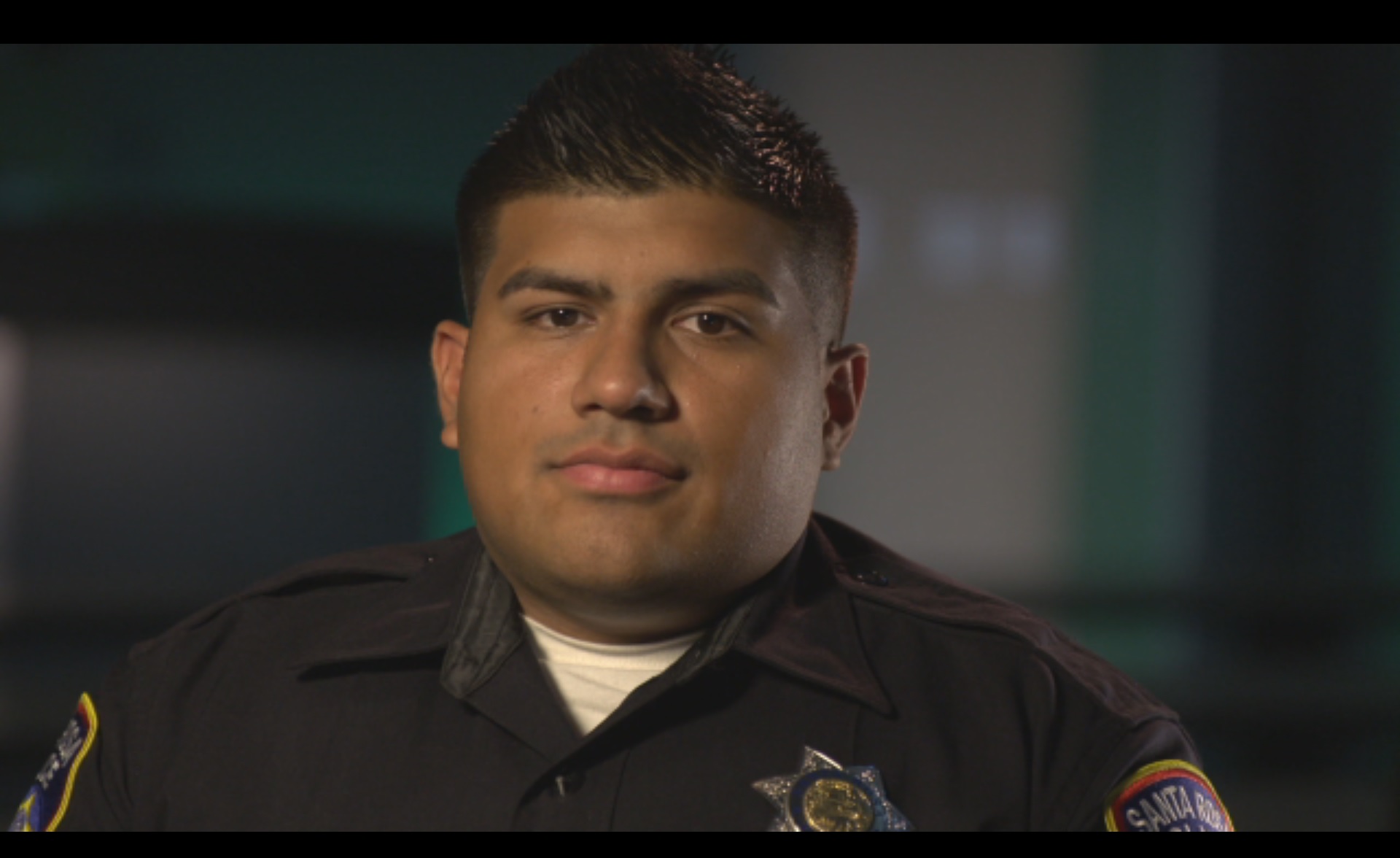
Gonzales-Campos, Adams and other officers on the scene safely drove the women to an evacuation center. Getting the women to safety was a small victory in what had been a losing war.
As a new day dawned the next morning, the harsh reality of the fire's destruction started to come into focus.
"When the sun came up, what Santa Rosa used to look like, and then what it currently looked like, [it was an] apocalypse-kinda thing," Macias said. "Just end-of-the-world type of stuff."
The fire left 22 people dead. Pedersen was devastated that he and his team weren't able to save everyone.
"I took it on as a personal failure," he said. "I thought that, as fast as I was moving, as fast as I was driving, as much radio traffic as there was, as hard as we worked as a team, that the elements just beat us handily."
But in a city of 175,000, Pedersen also realized the loss of life could have been much worse.
“As tragic as the numbers were...I was relieved,” he said. “I couldn’t believe that it wasn’t hundreds if not close to one thousand [people dead].”
The fact that the death toll wasn’t higher is a testament to the heroism of the first responders, many of whom left their families to rescue others.
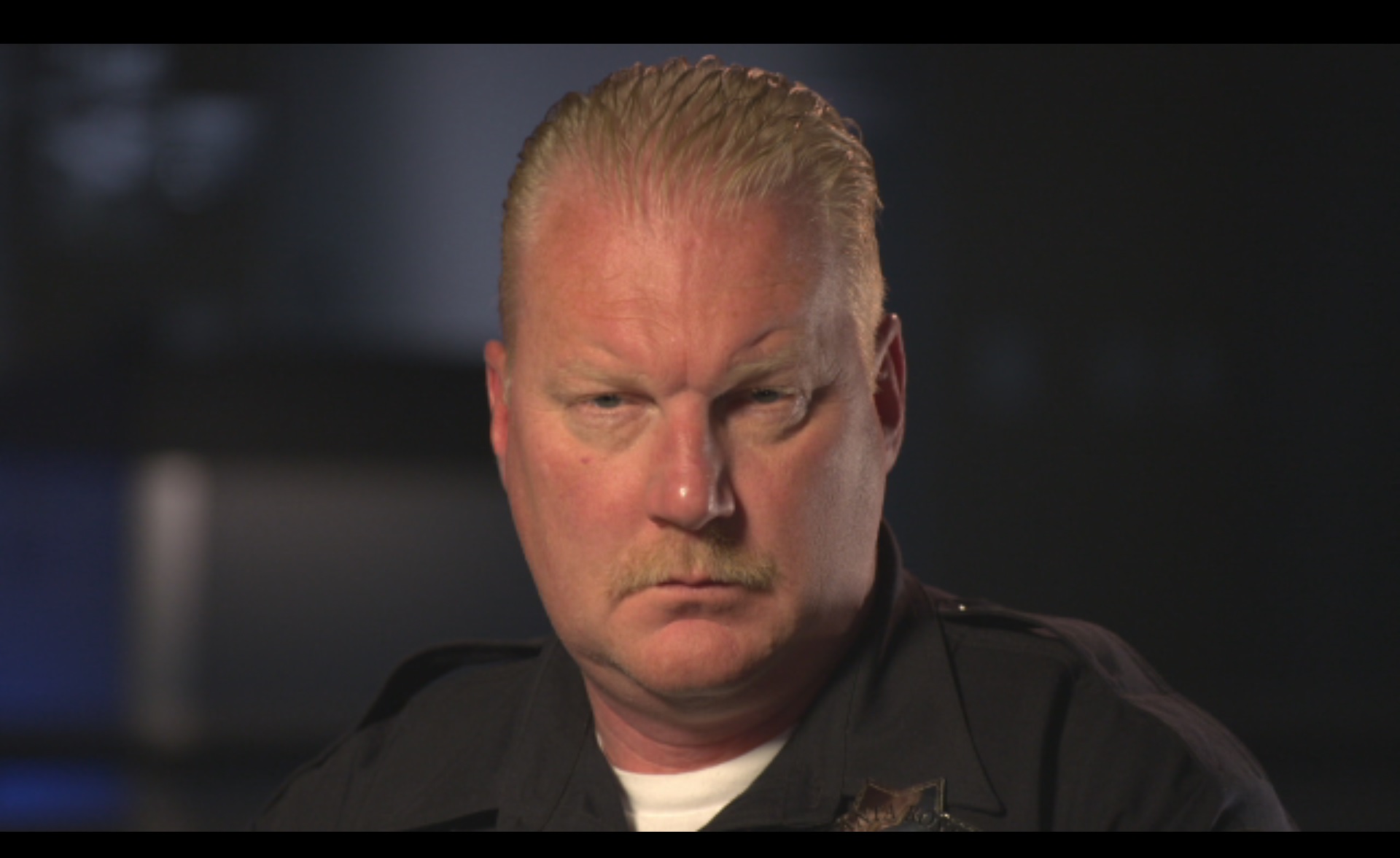
"I saw some young cops doing absolutely heroic things who didn't have their body cameras on," Pedersen said. "I saw road workers driving barricades into this. ... Police officers from all across Northern California coming to help the city of Santa Rosa. Firemen from all over the state of California coming in like trains."
The community came together,” he added.
But even today, more than 10 months after the Tubbs fire, there are still entire neighborhoods in the Santa Rosa area under construction. The physical devastation was profound -- 36,807 acres burned. Residents were left to sift through the ashes of wrecked homes and put their lives back together again.
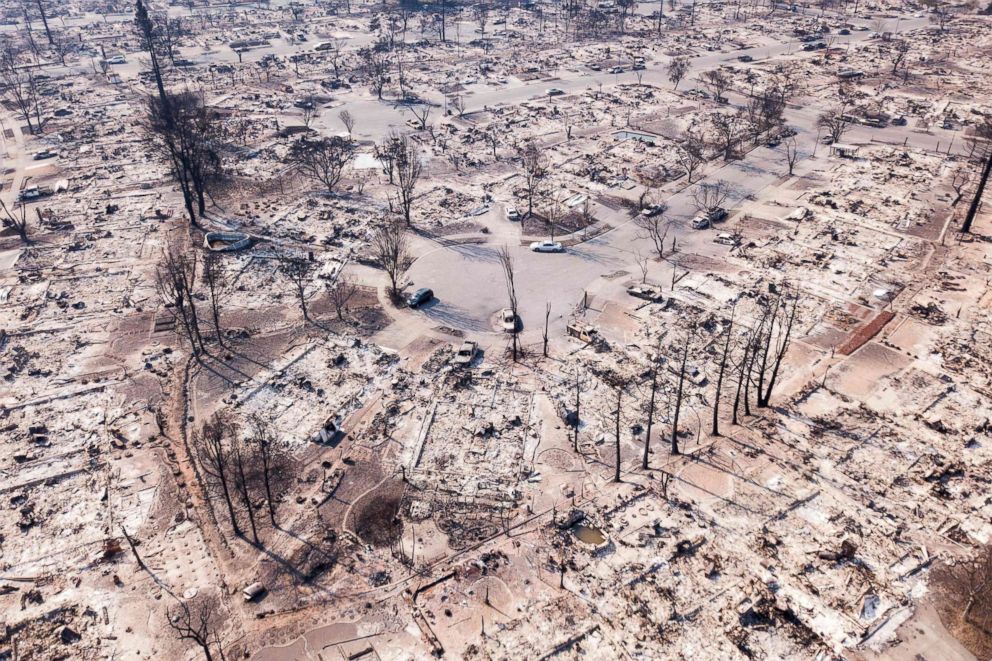
Lowenthal, a firefighter, was one of them.
While he was out rescuing others, his own home burned to the ground. Some of his most prized possessions, like his daughter’s memory box, were gone forever.
“I remember finally getting over there and there was nothing left,” Lowenthal told “Nightline.” “There’s a piece of me...that wishes I could’ve grabbed something. But my focus was, I realized that my daughter was safe. My family was safe. And we’ve got, you know, we’ve got the memories, and we’ll recover and we’ll move forward.”
Lowenthal is now re-building his home on the same piece of land. He even joked that his daughter would finally get the walk-in closet she'd always hoped for.
As the rest of the city continues to rebuild, the buzzing of a drill and the beating of a hammer have become welcome sounds.
“This is fighting back,” said Macias.
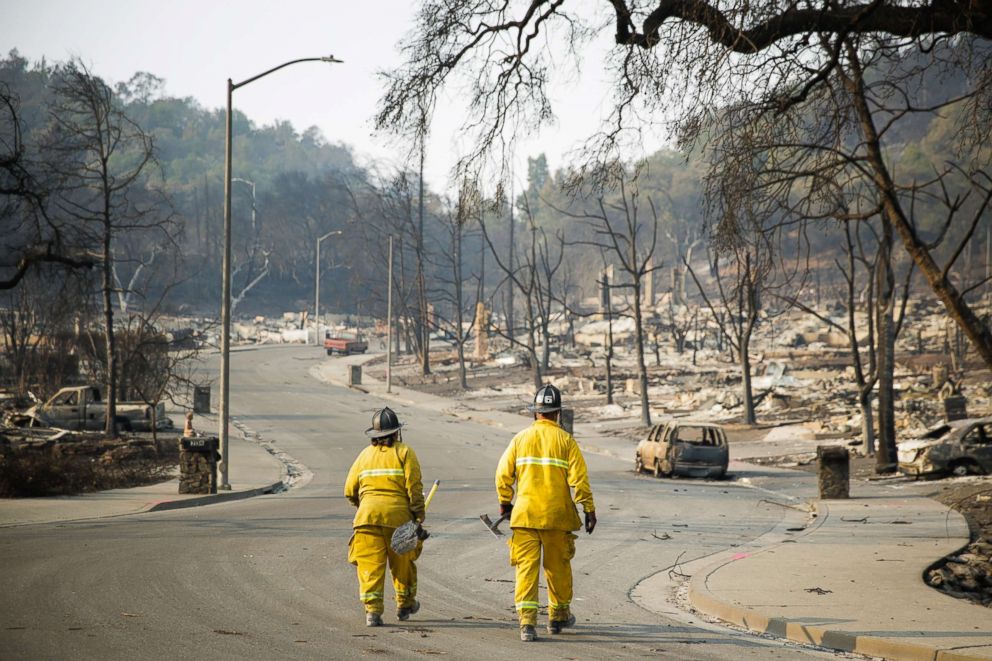
Recently, as he walked "Nightline" through the streets of the Coffey Park neighborhood, memories from that October night and the days that followed came flooding back.
Macias described the moment when he took a man back to see his burned-out house for the first time since evacuating.
“It took him awhile to get out of the vehicle and he was just like looking and you could see the emotion coming from him,” Macias said. “I saw myself in him. Just a guy wanting what’s best for his family. Doing what he could. He probably worked his whole life to get a house….There was nothing I could do.”
“You wanna help people,” he continued. “I got in this job to help people. I had nothing to offer him other than basically my condolences. That’s what it was. It was [like] a death notification. That was my constant thing - ‘I’m sorry for your loss. I’m sorry for your loss.’”
Although locals have talked "a good game" about moving on, Pedersen said, in reality, "We're having a difficult time."
“It was pretty traumatic on all of us,” he said. “I think we all got scars from it. You know there's cops out there that have undergone, you know, much more-- traumatic experiences. But this is a biggy for us. These guys will never forget it.”
Macias said that there's a need for mental health services in Santa Rosa.
"I think there's so much of a stigma surrounding mental health that what's really good is ... right now, nobody's gonna judge you if you say you're dealing with it," he said.
Macias himself is on the board of directors for a nonprofit mental health agency.
“I think people would see me and probably see this interview and say, ‘Oh, this guy’s struggling with some of his mental health.’ Well, you know what? Yeah. I am. And you know, it’s okay. And it’s okay to feel at a loss. It’s okay to be in despair. You know?”
Macias said one positive thing that had come out of that night was the community coming together to help each other without even asking.
“It's weird to say, but I felt more human that night than I think I ever have because you didn't care what people look like. You didn't care, you know, attitudes. It didn't really matter. Y'all had the same goal: ‘Let's get outta here. Let's keep each other safe….’ Race, religion, resources, none of that mattered. Everybody was in the same boat,” he said. “So it was kind of a forced gathering of humanity, which, ultimately I think things are gonna be OK.”
He added: “People got a glimpse of what really matters….And I think it’s strengthened this community pretty tightly….and I think Santa Rosa’s gotten stronger.”
ABC News' Alex Stone and Connor Burton contributed to this report.






